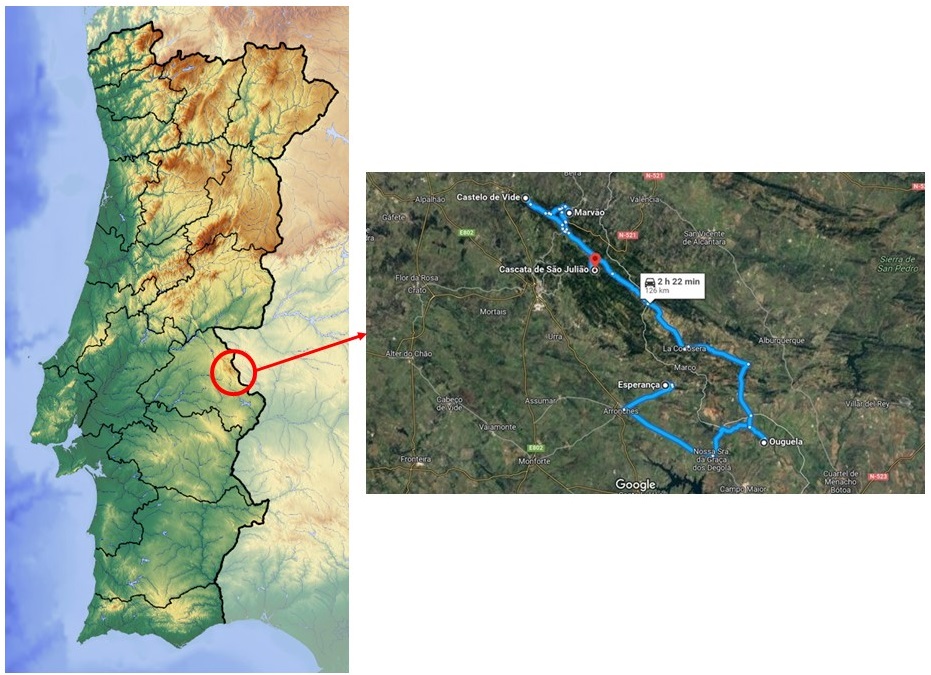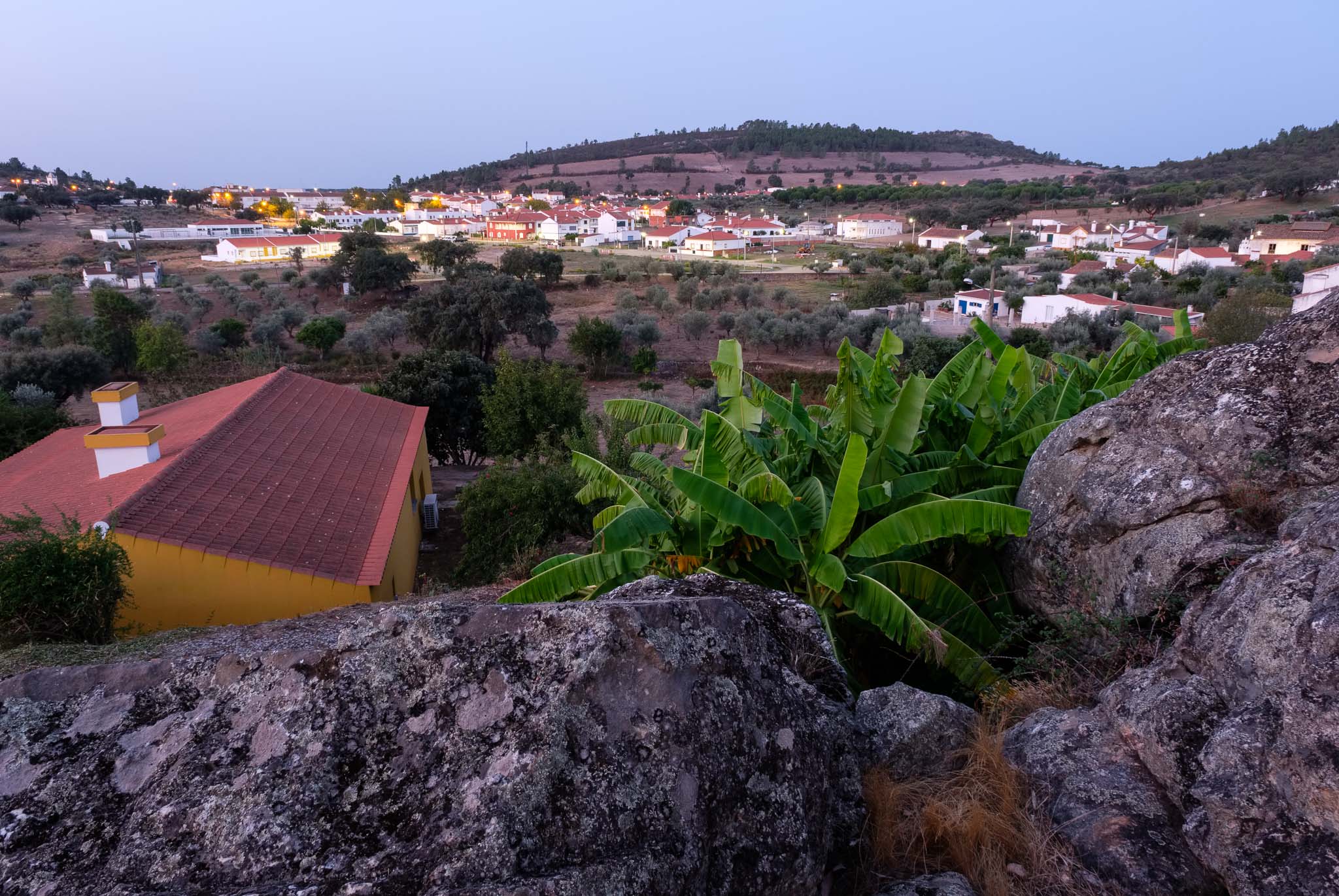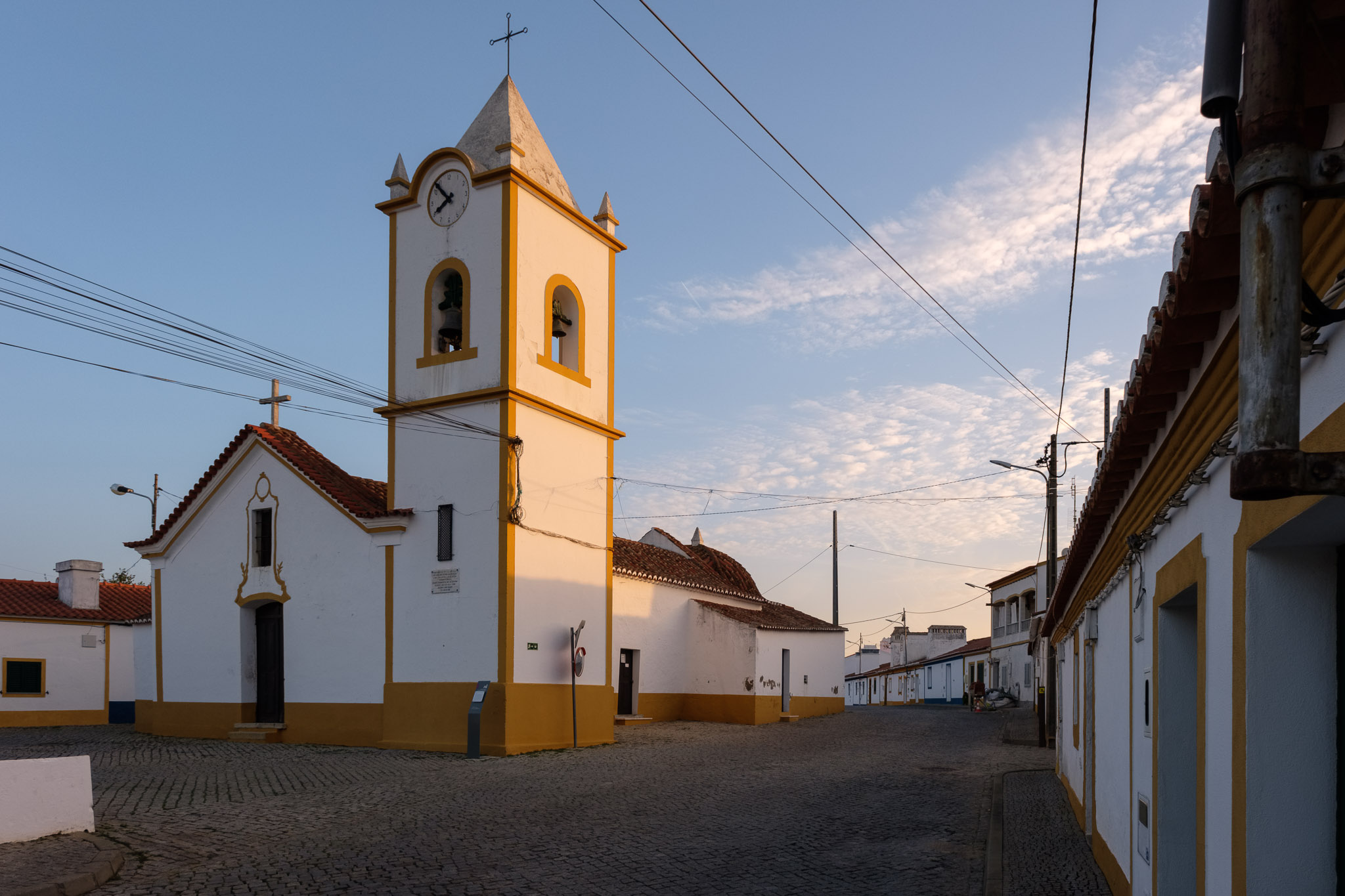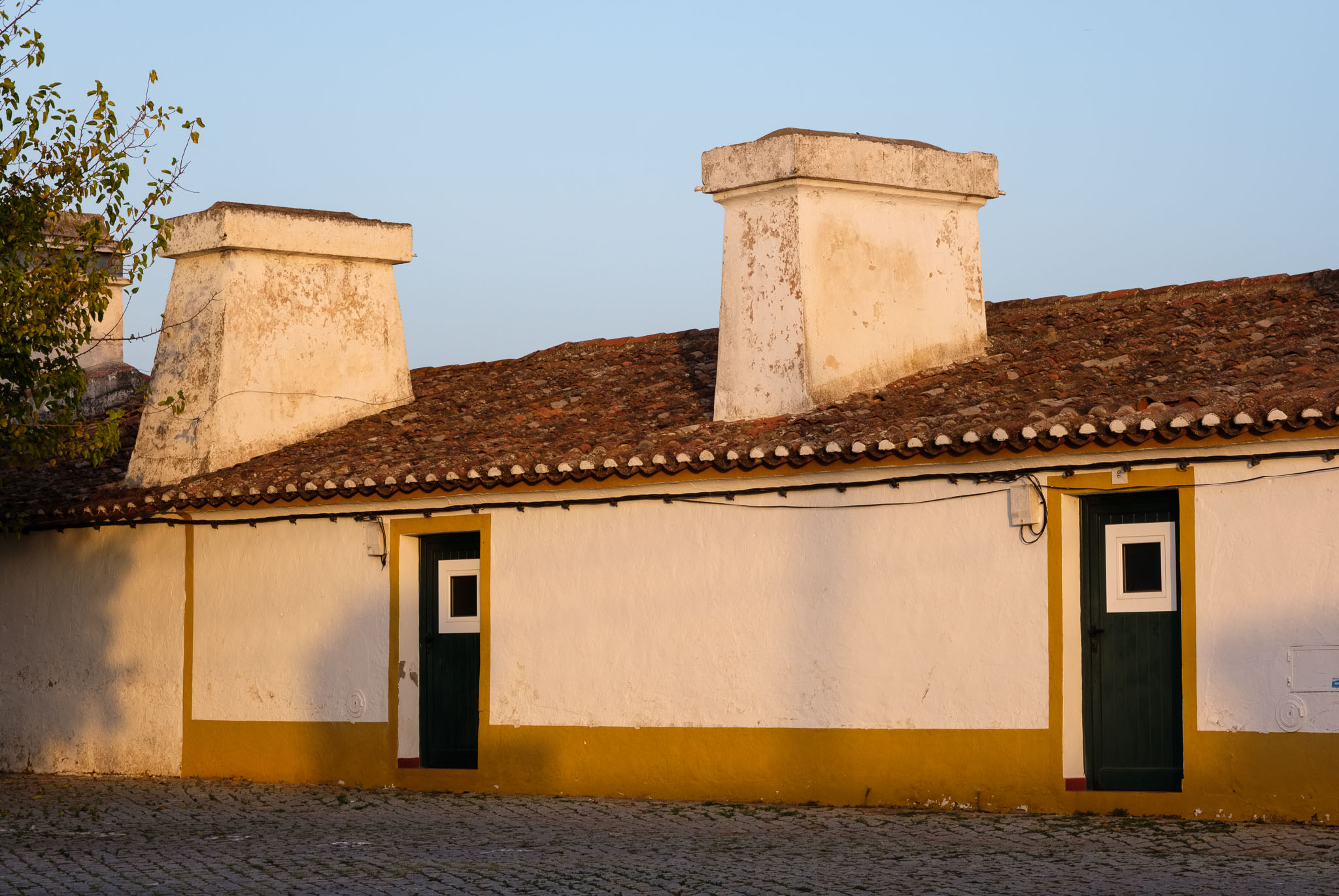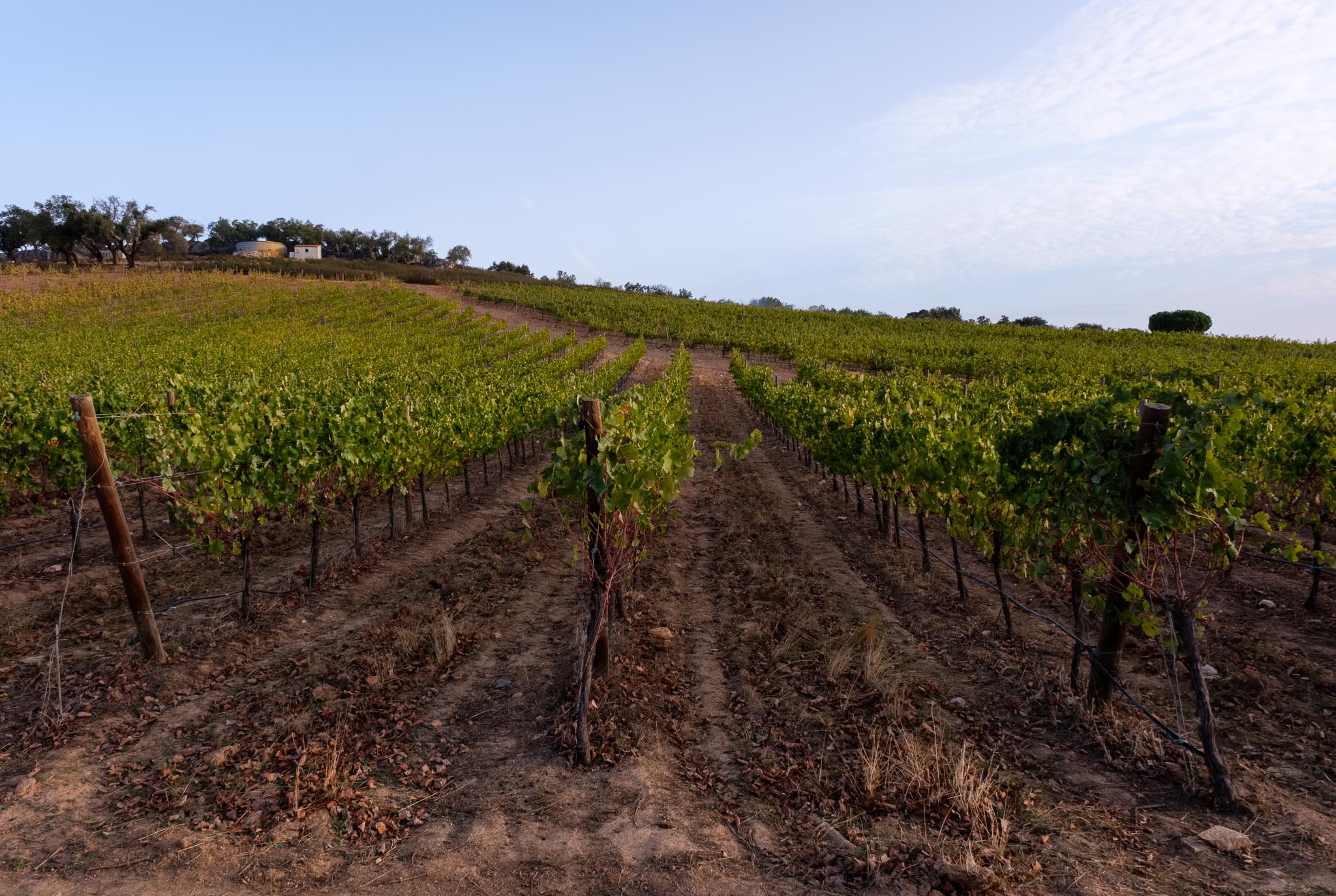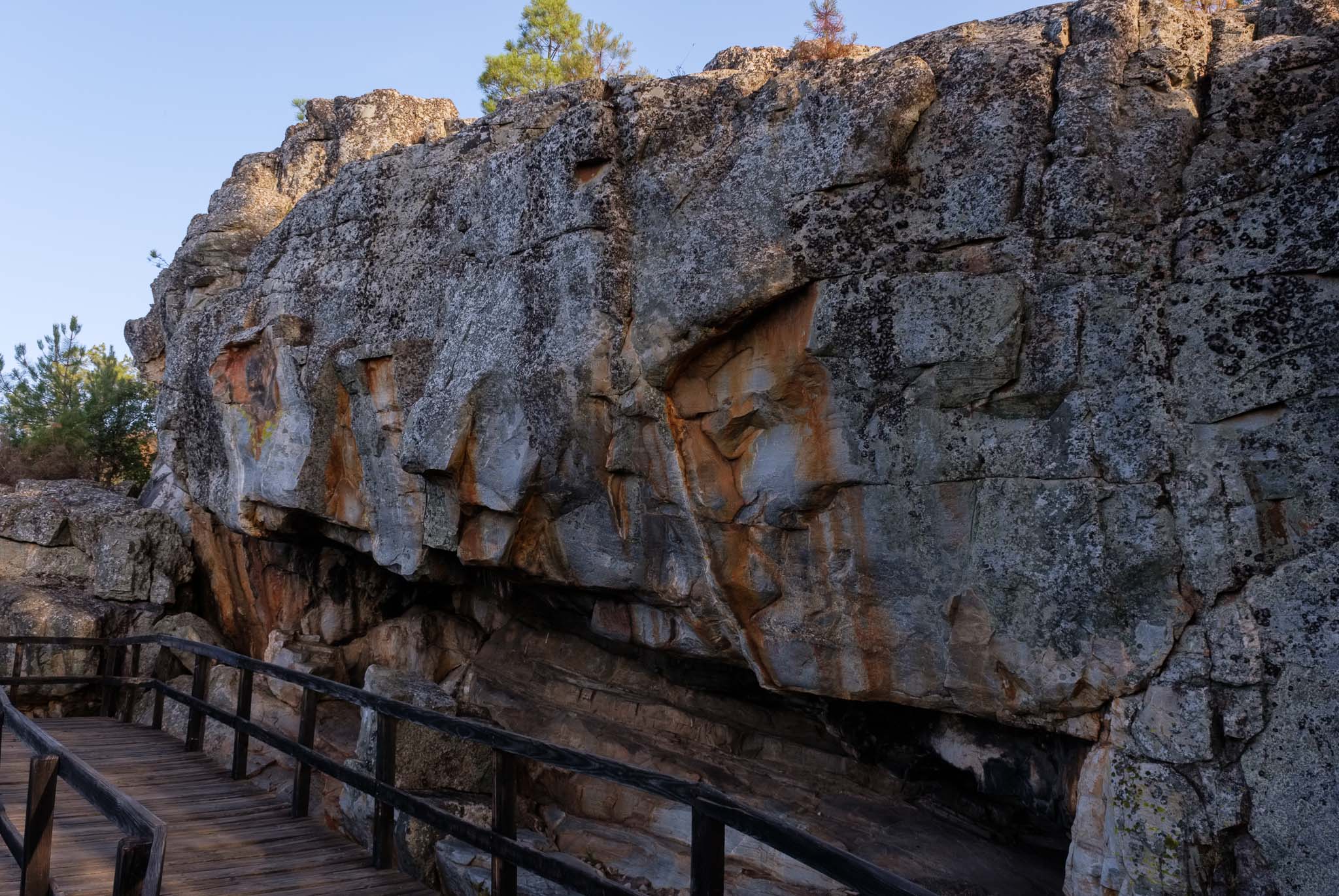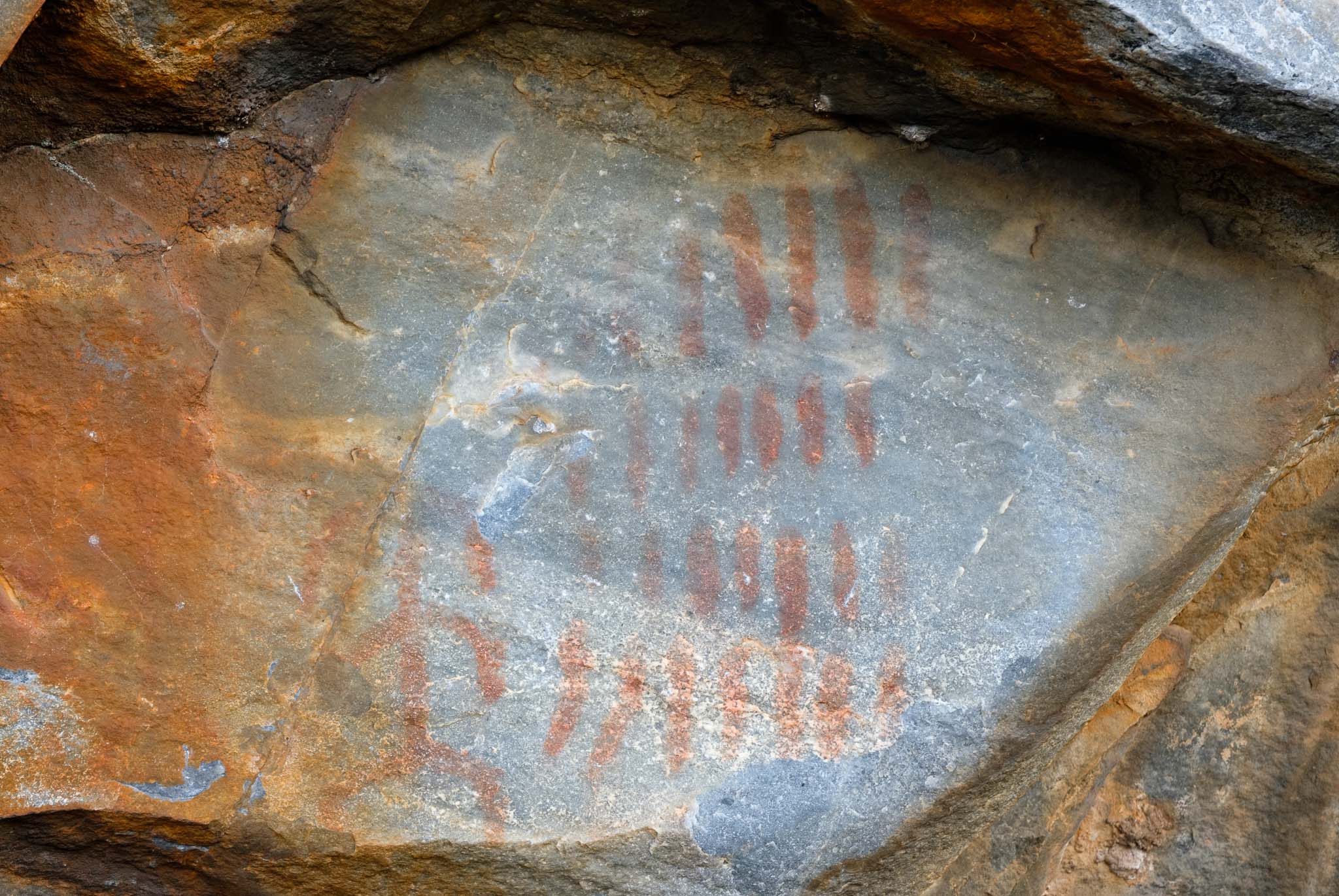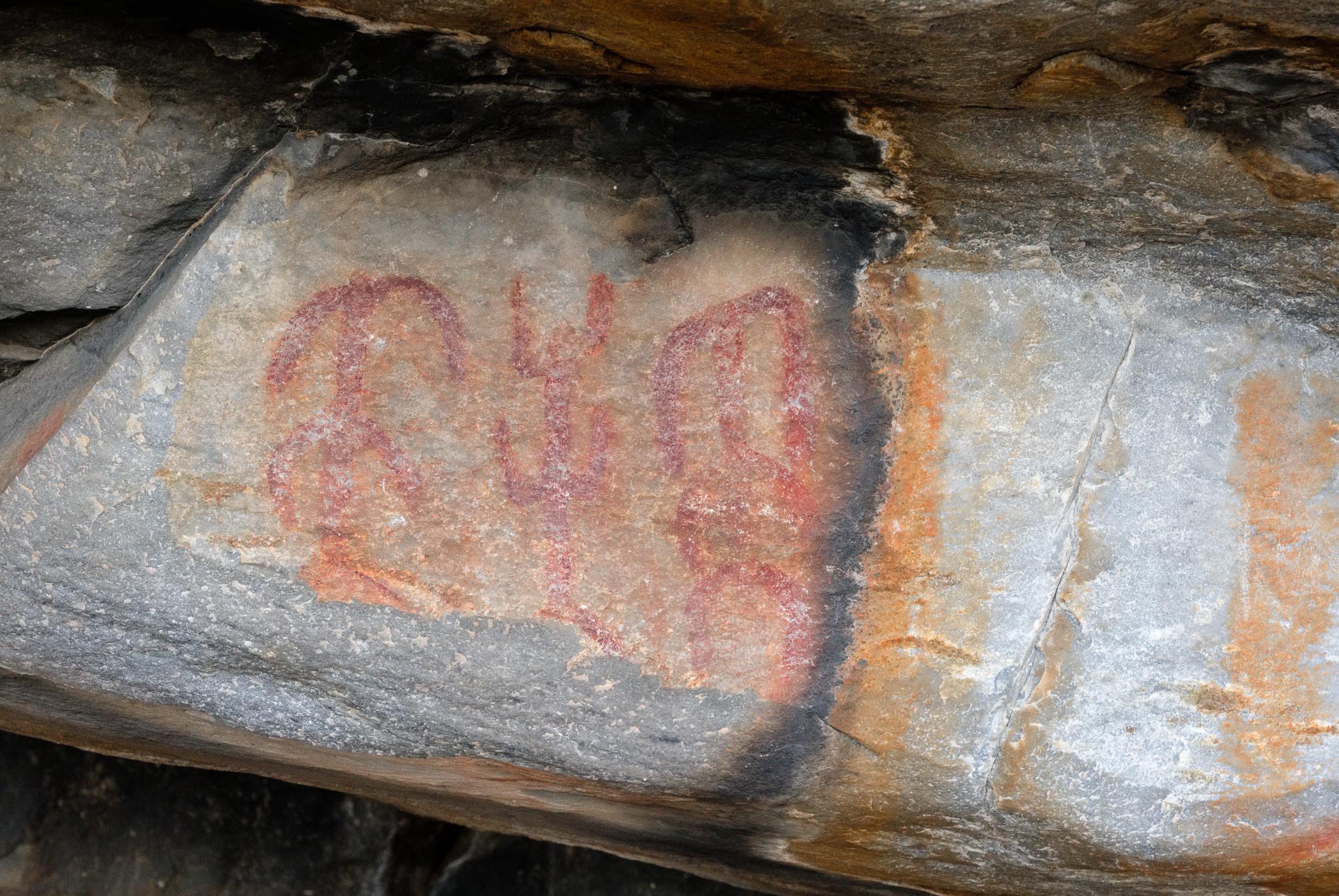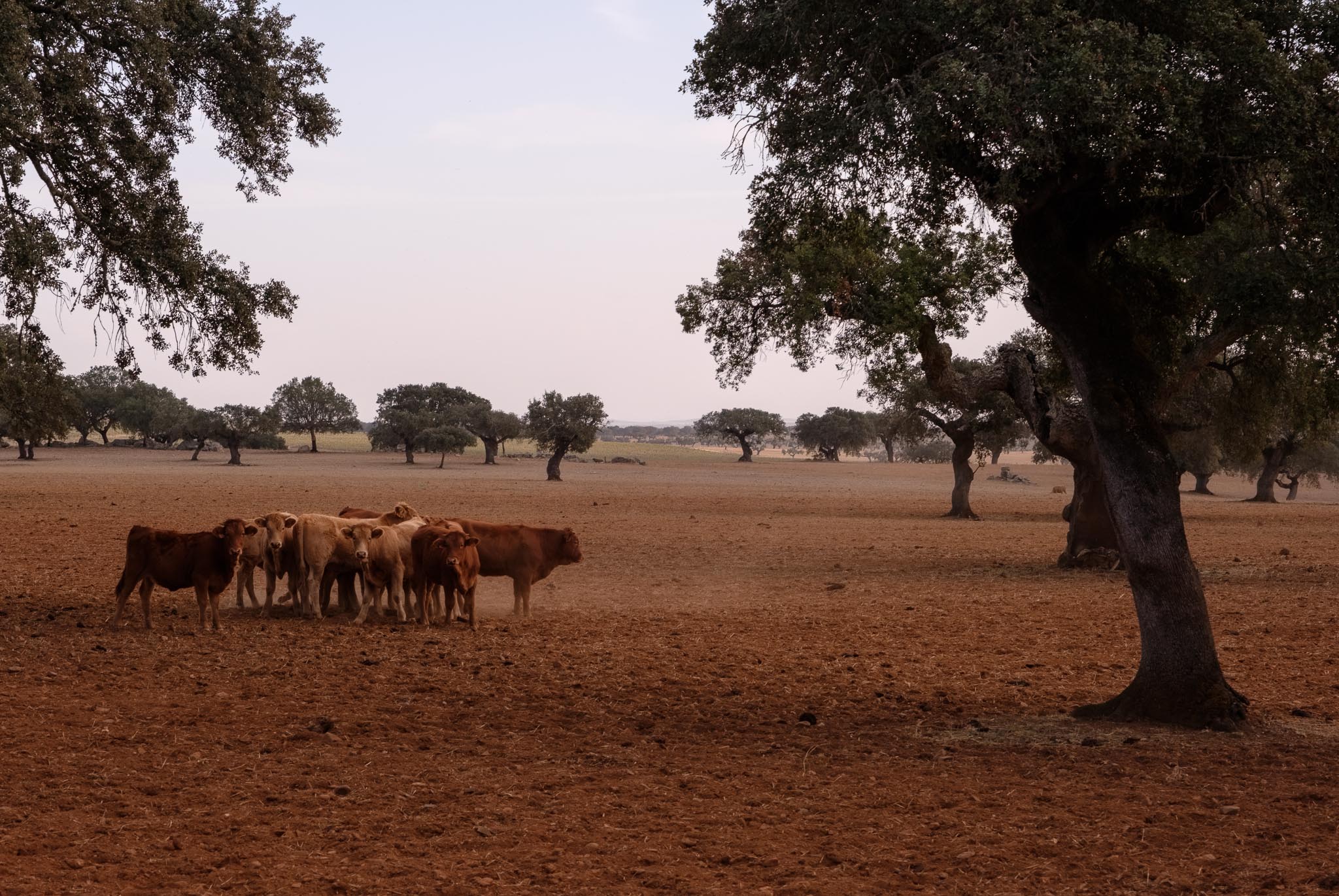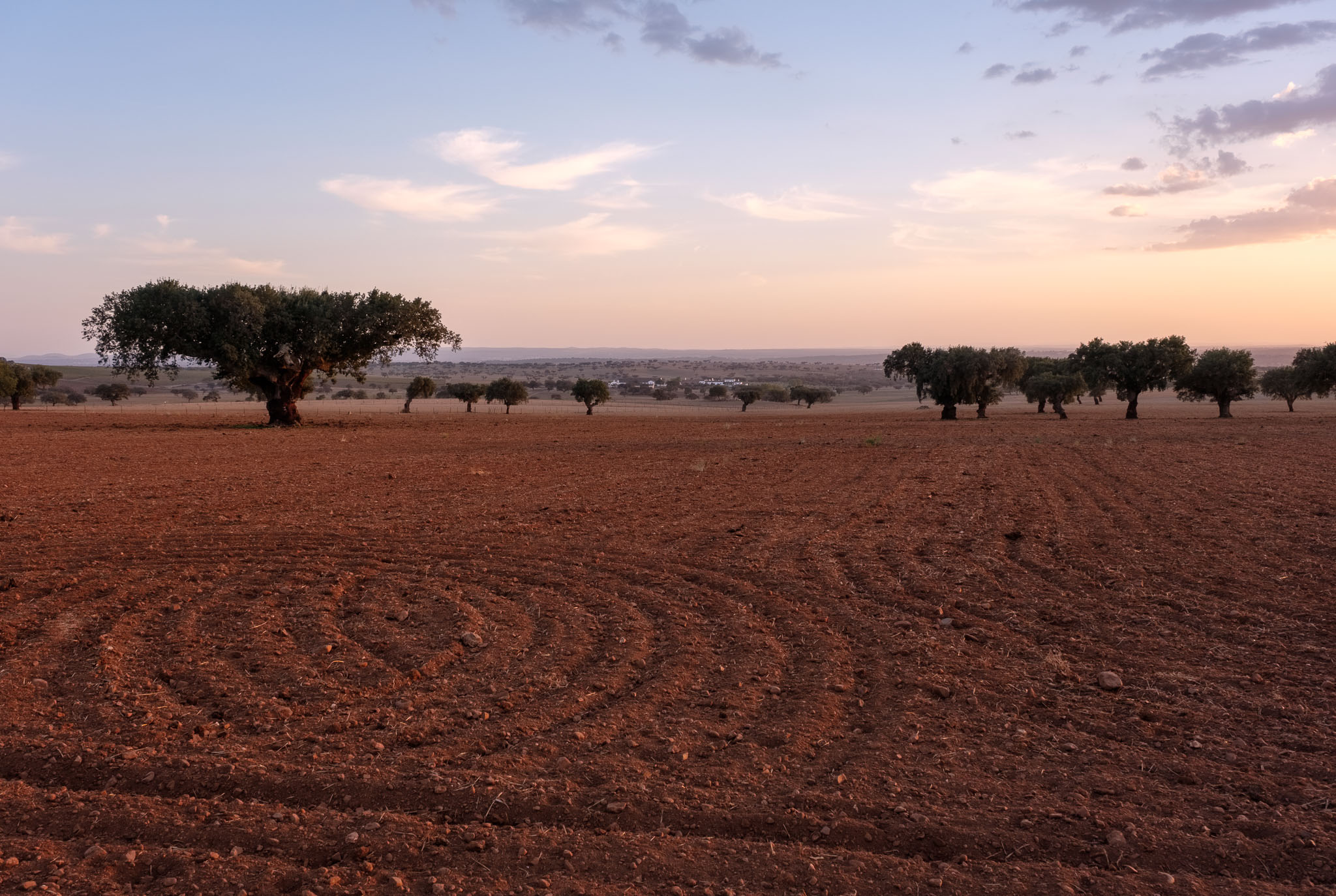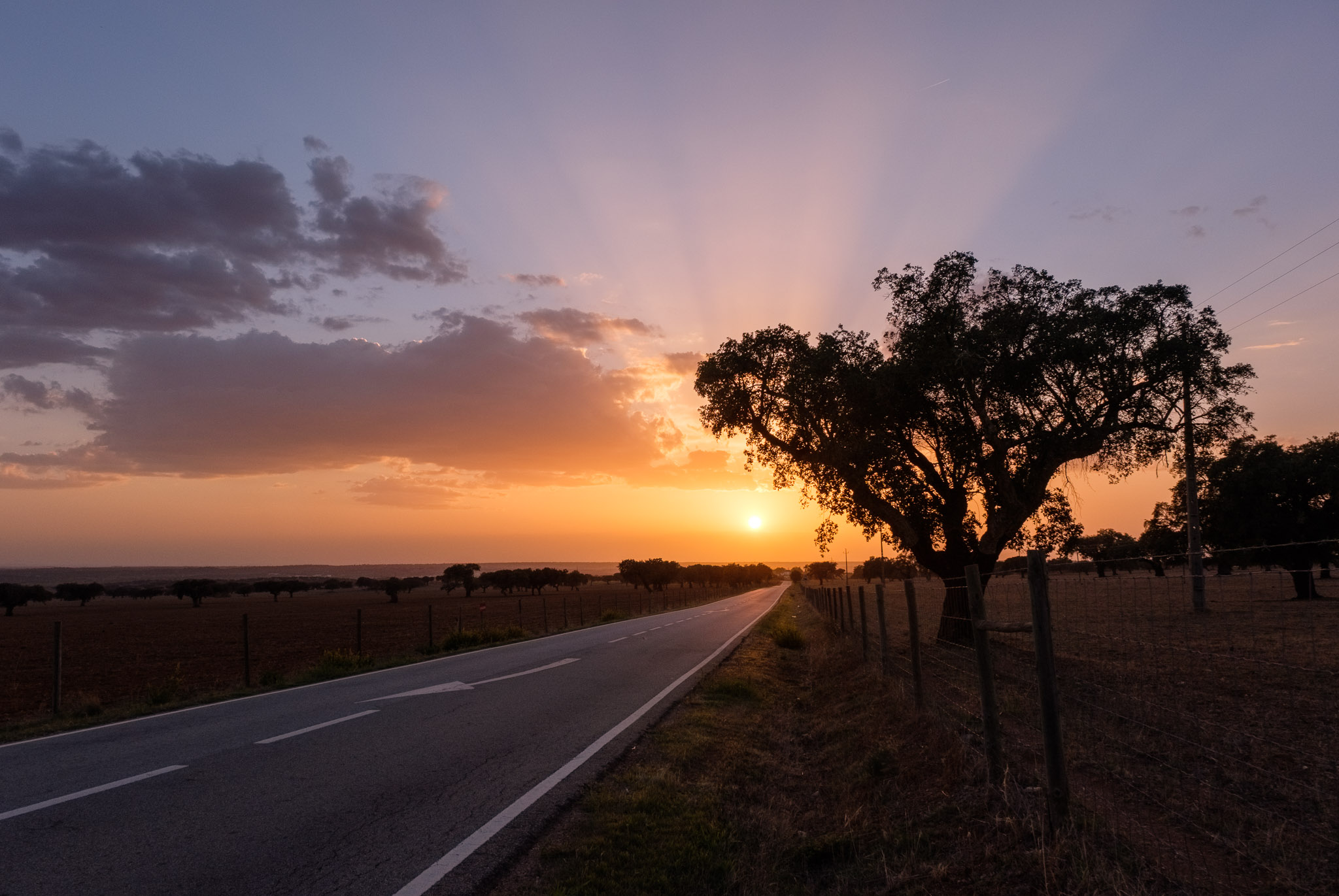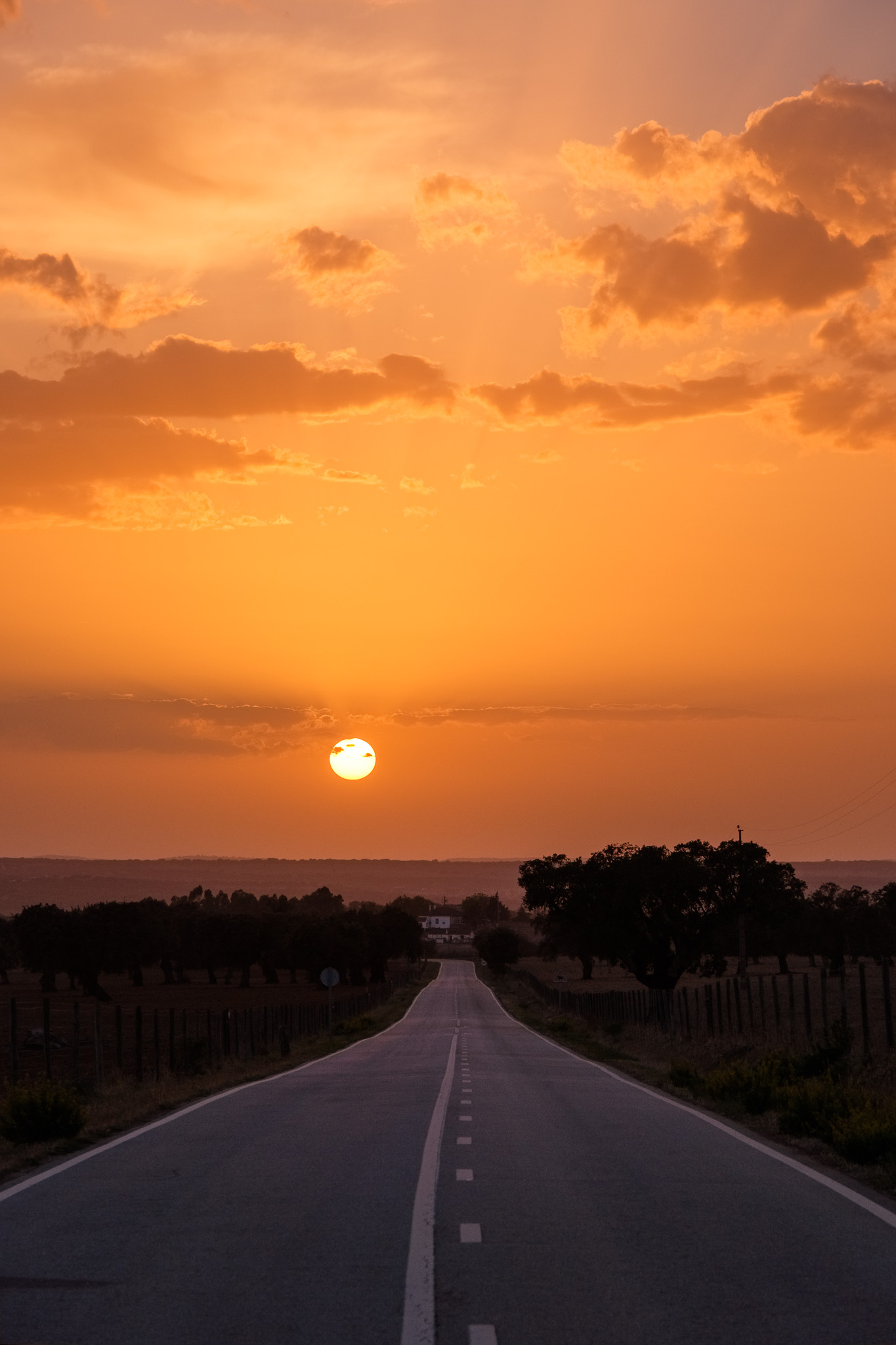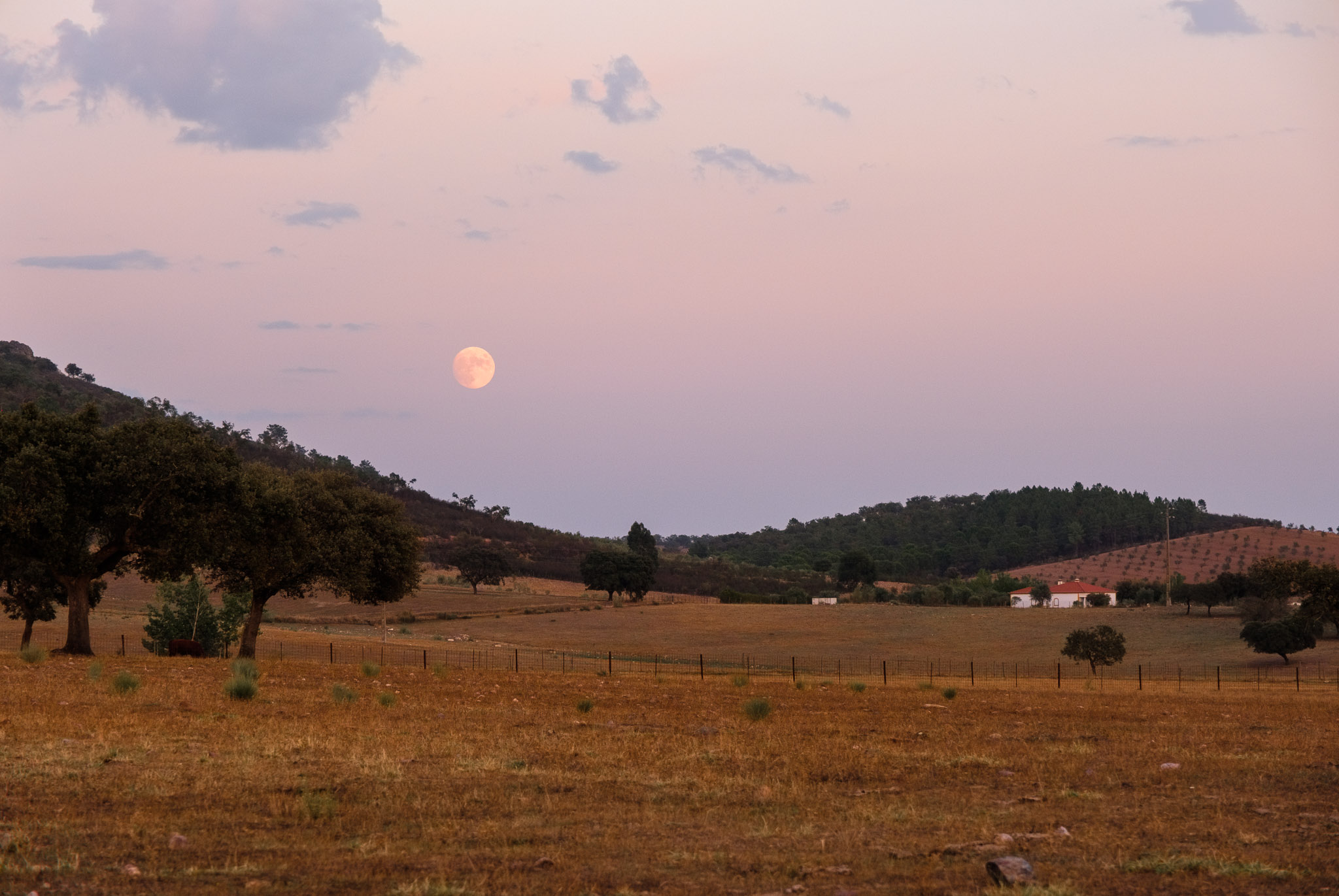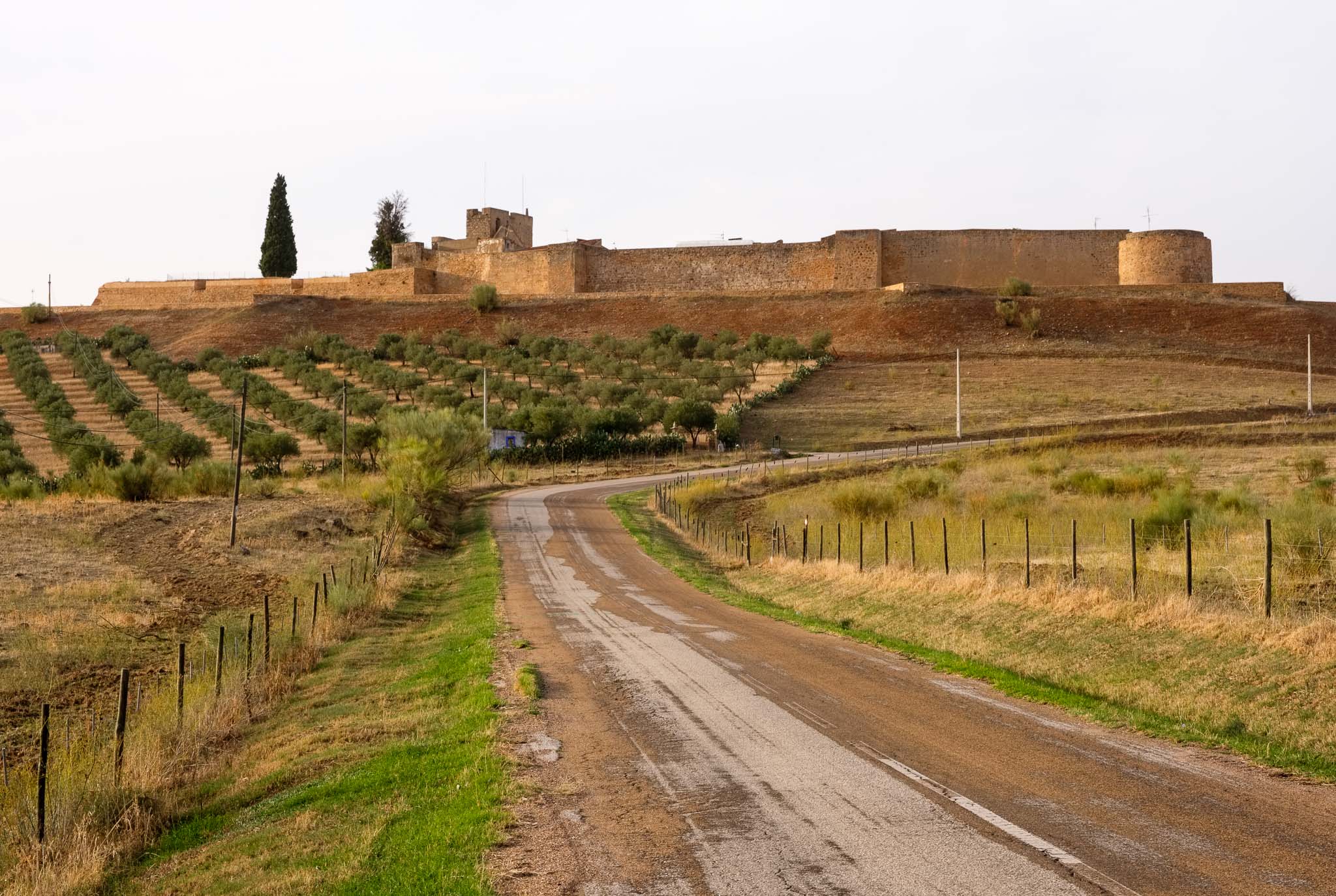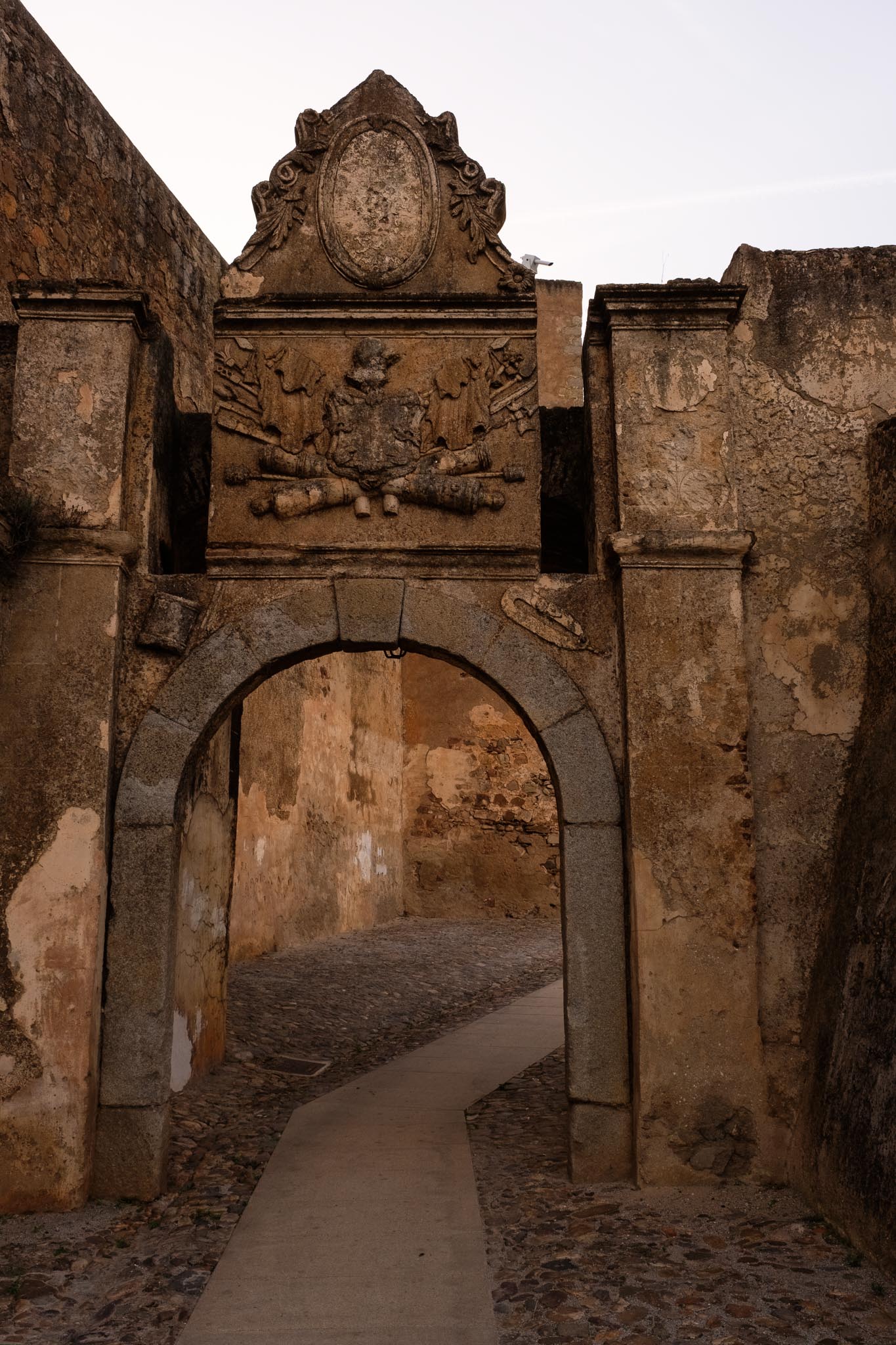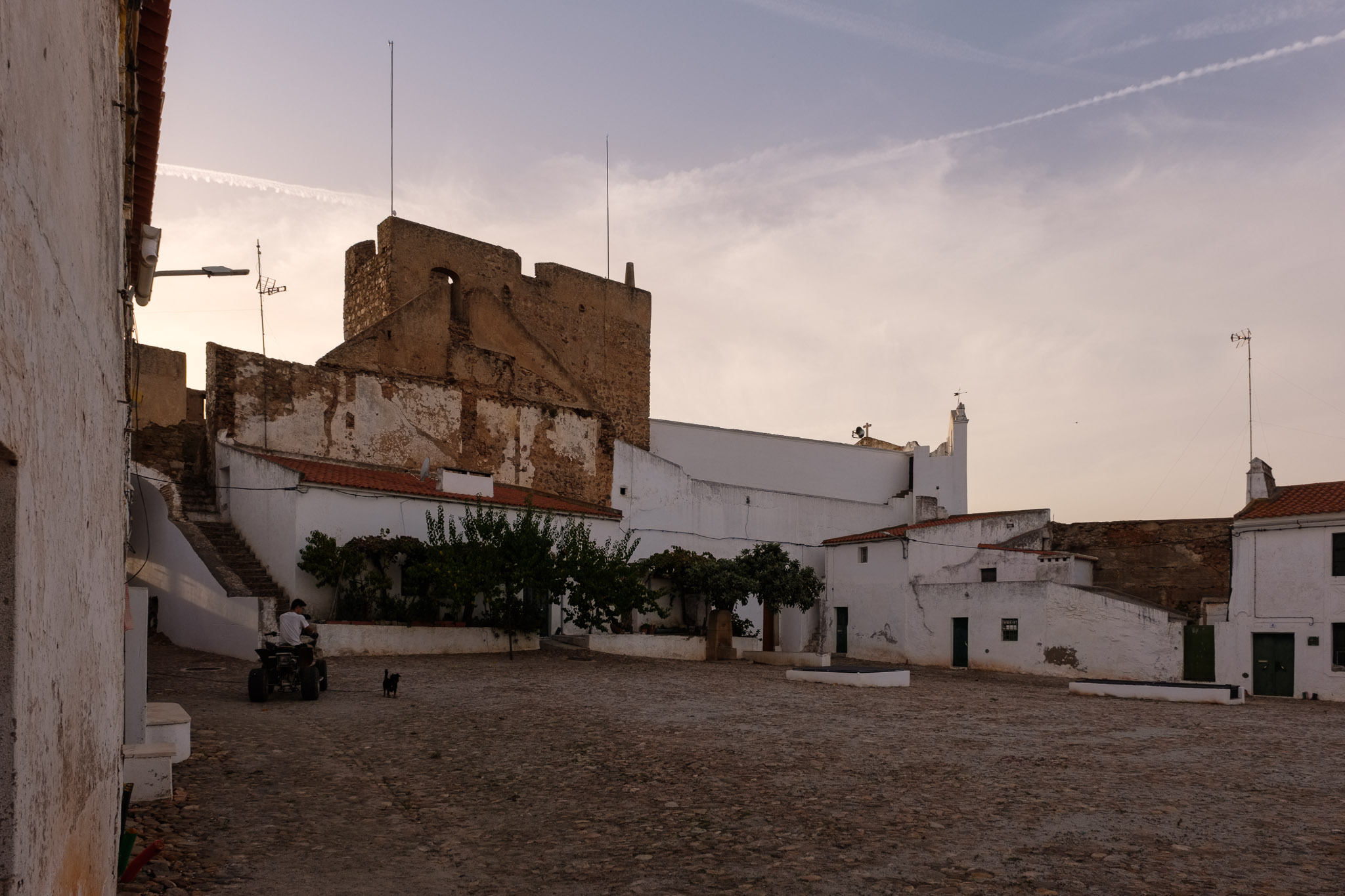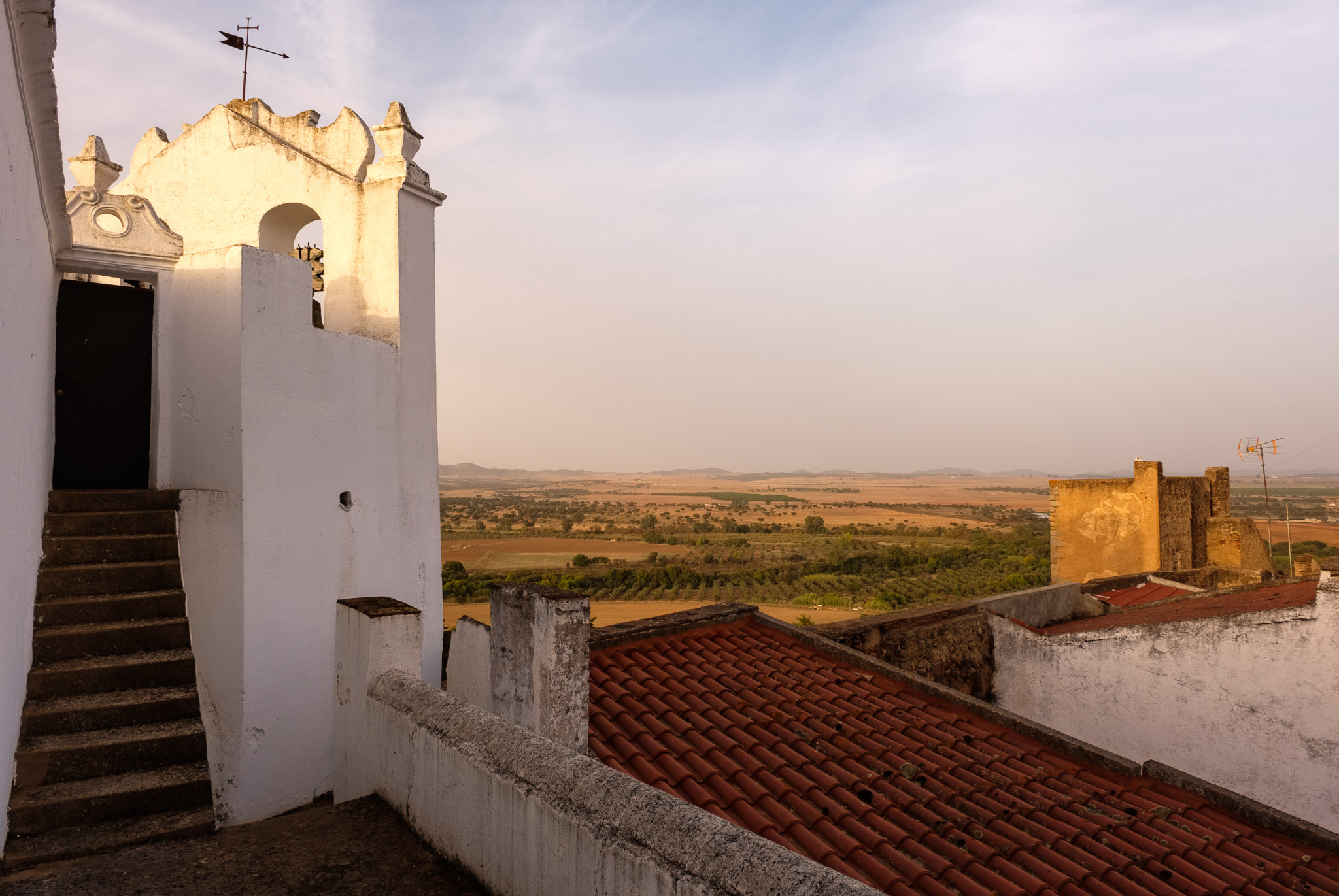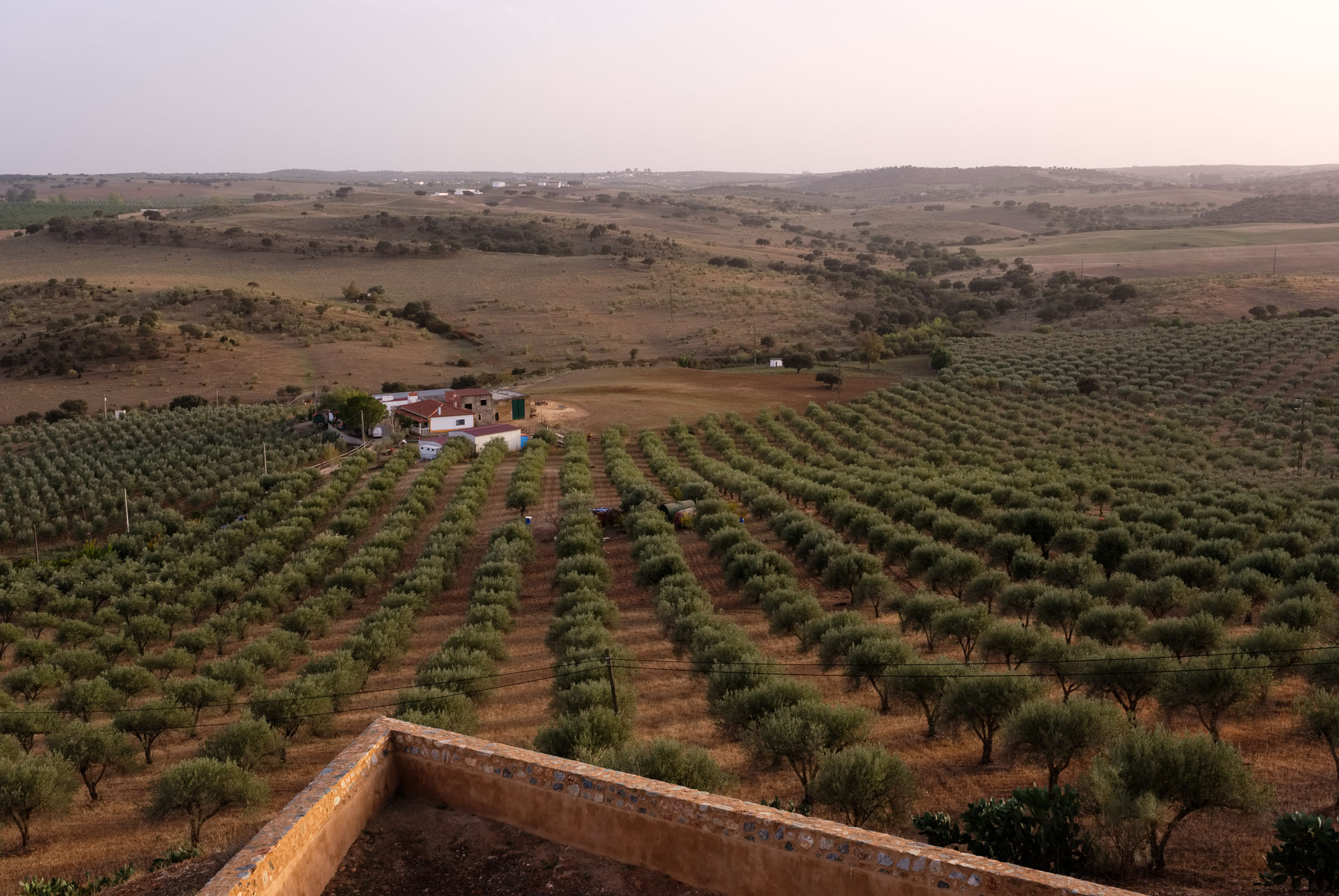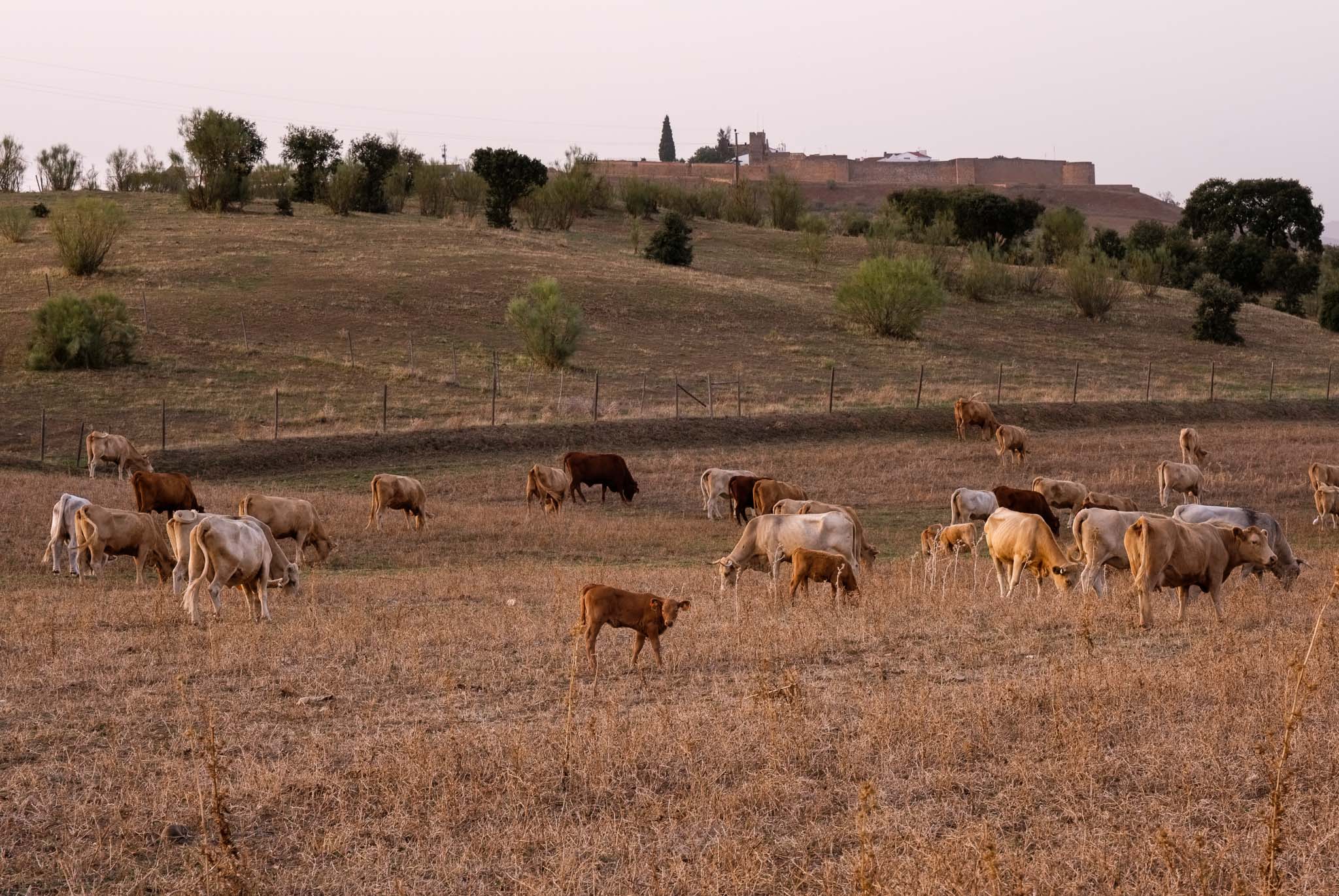On this second part, I will summarize two days that include visits to the iconic villages of Marvão and Castelo de Vide, plus a few other interesting places.
Marvão is probably my favourite village in the region, as it lies at around 900m of altitude. It has been the site of many fights between Christians and Moors, during the early 12th century, and after that between Portugal and Spain, during border disputes. The medieval town was erected over a previous Arab fortress, which was built by Maruane in the year 884. So, as you can imagine, the cultural heritage is quite significant. The medieval houses are completely encircled by the ramparts, with the main castle to the North. Walking along the ramparts, it is possible to have a small idea of life in those ancient times. It is also possible to admire the eagles and vultures flying above the surrounding landscape. Besides the castle, there are several old churches and a museum that are worth visiting. The surrounding hills are covered with chestnut and hazelnut trees, which represent an important income for the local inhabitants. Finally, if you have the time, take the walk along PR1, a trail that connects Marvão to Passagem via a medieval road.
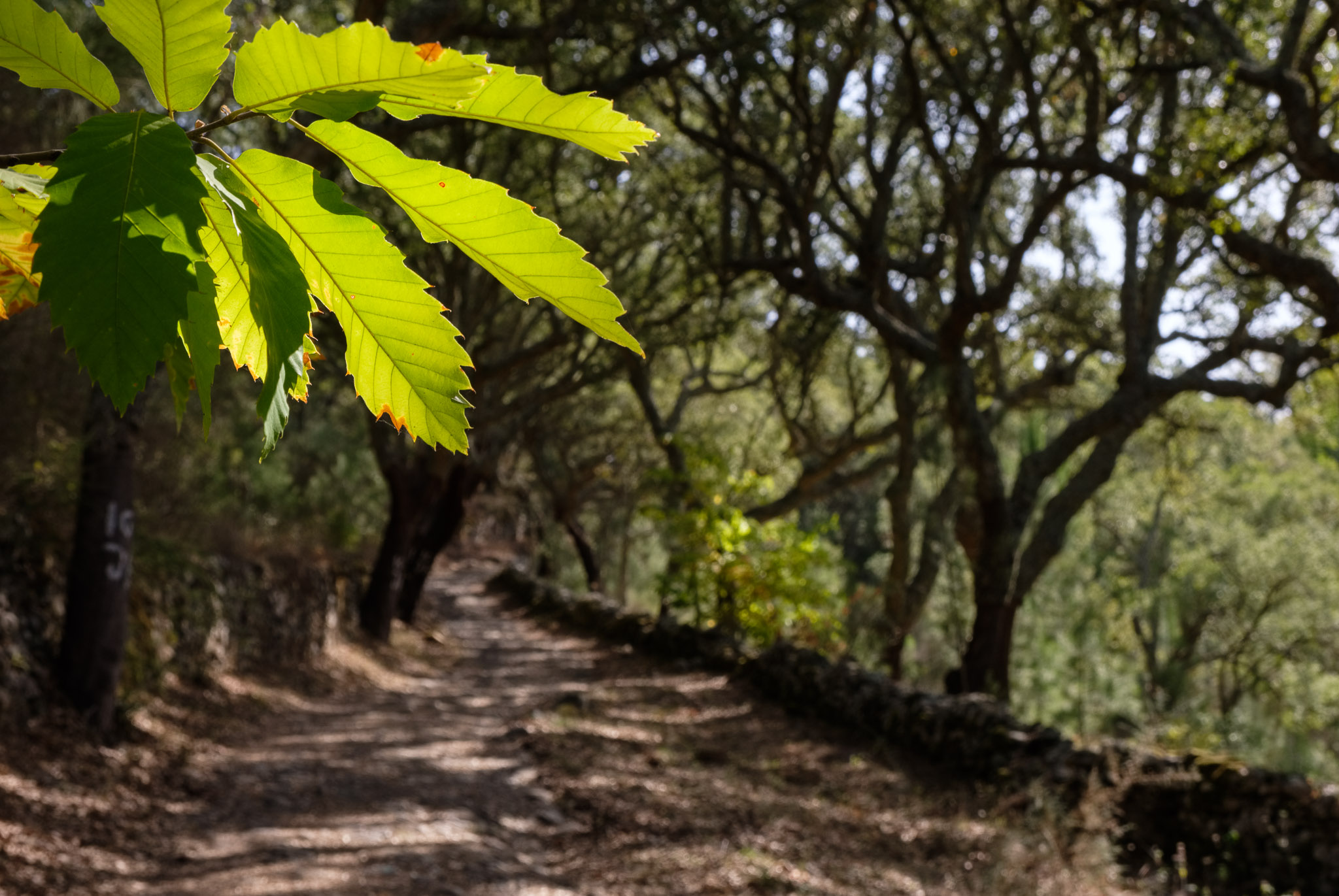
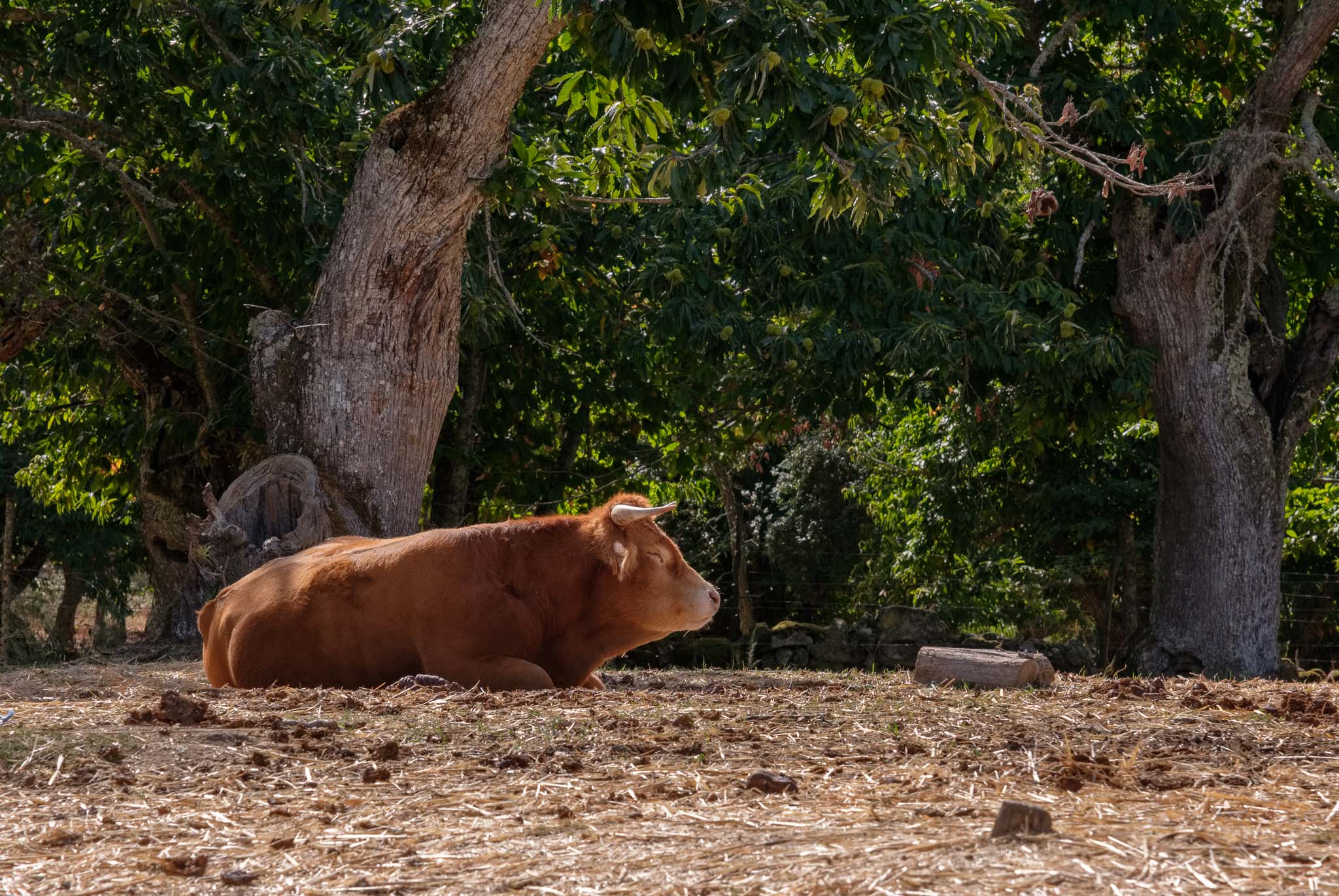
As you walk through the narrow streets, you will find surprises at every corner: small statues, old windows, interesting doors, and fountains.
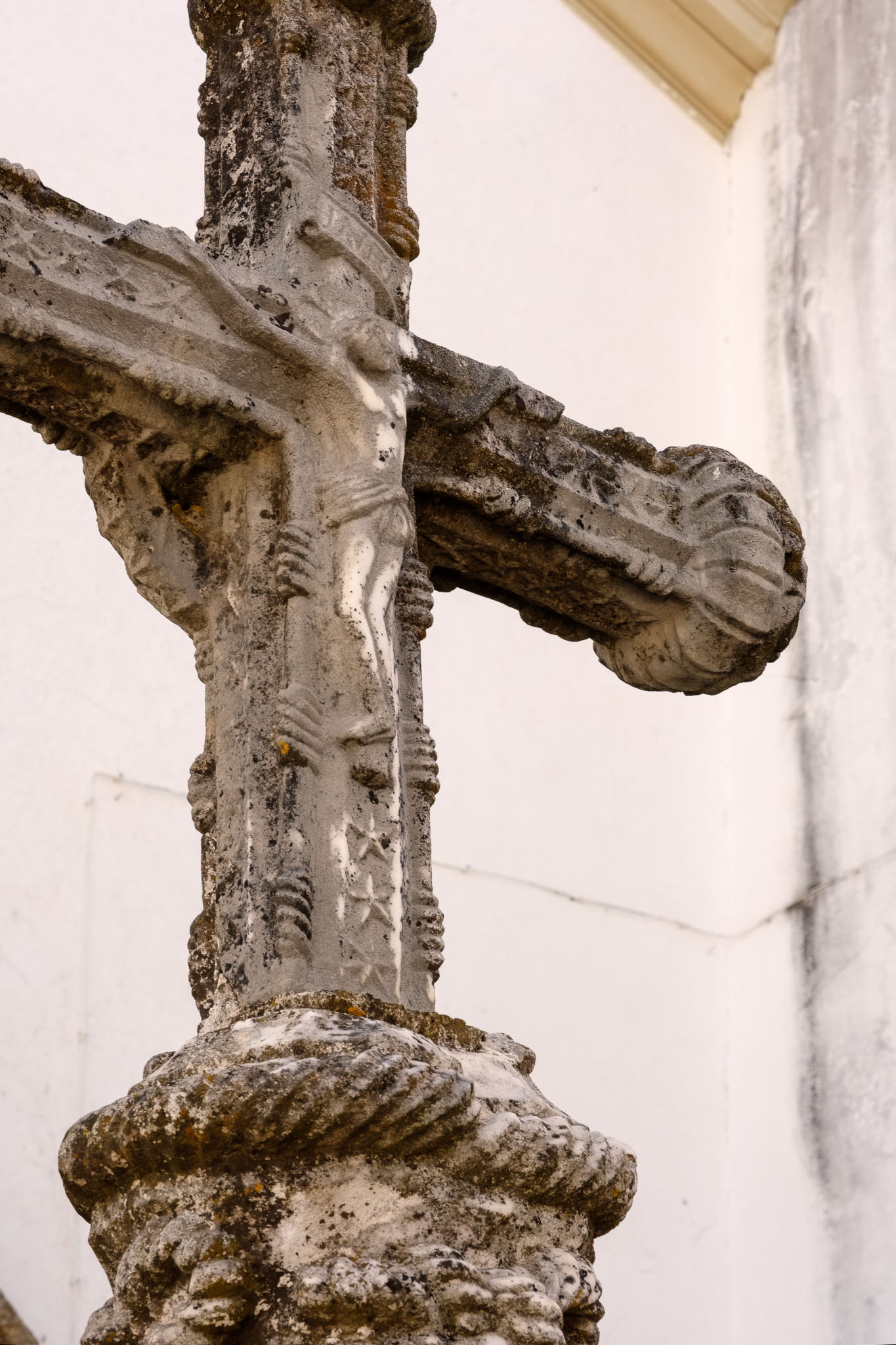
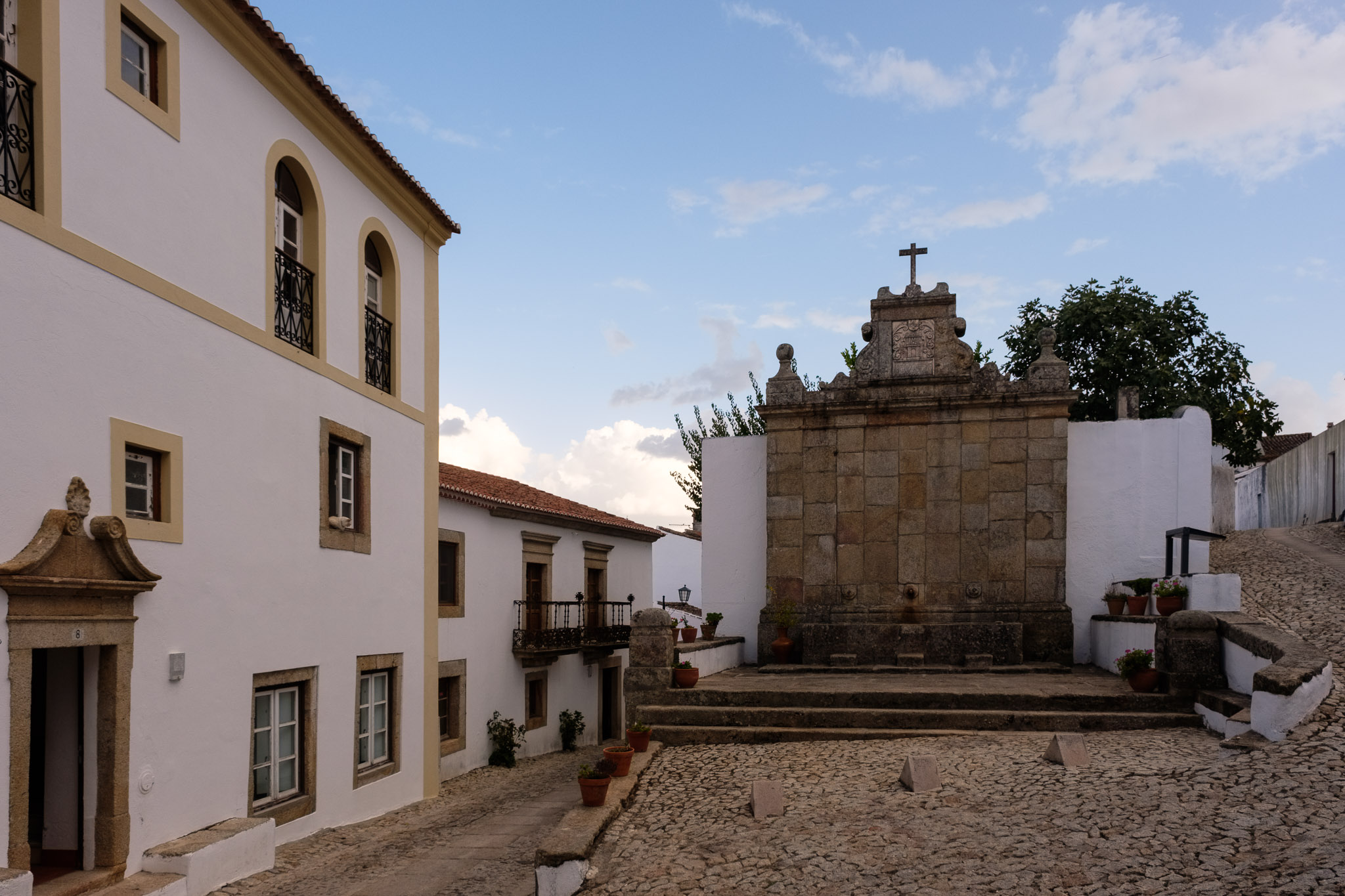
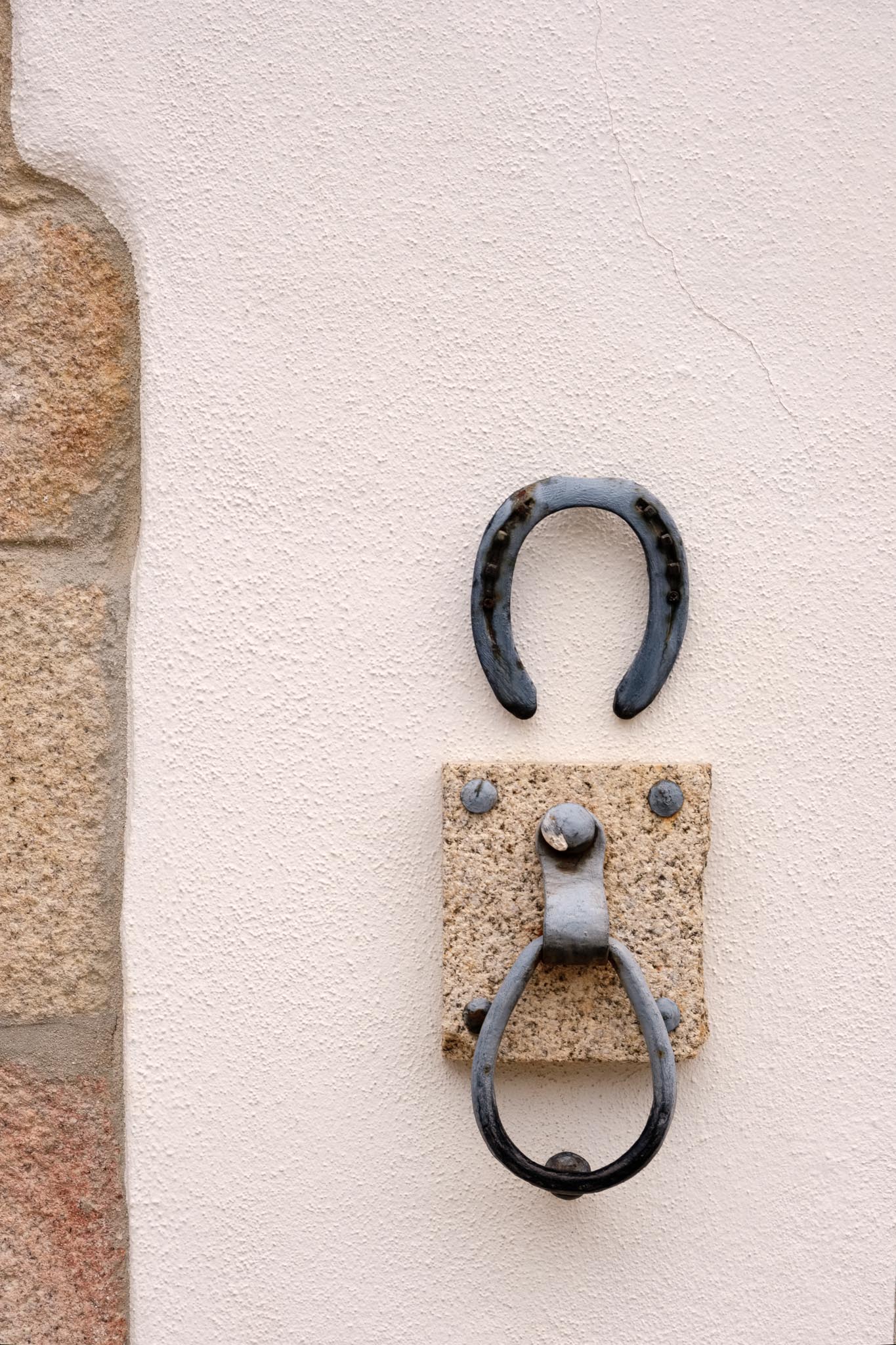
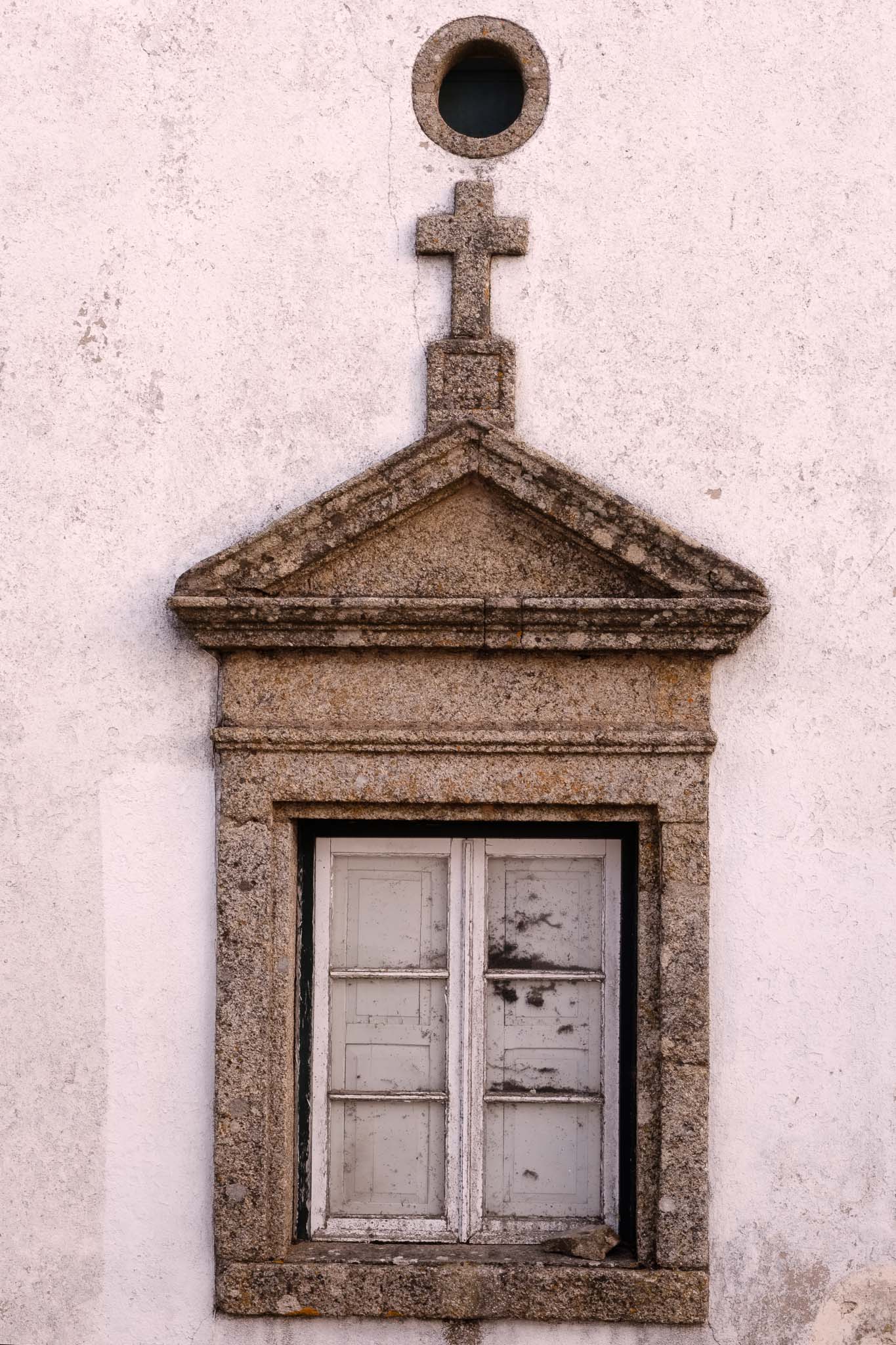
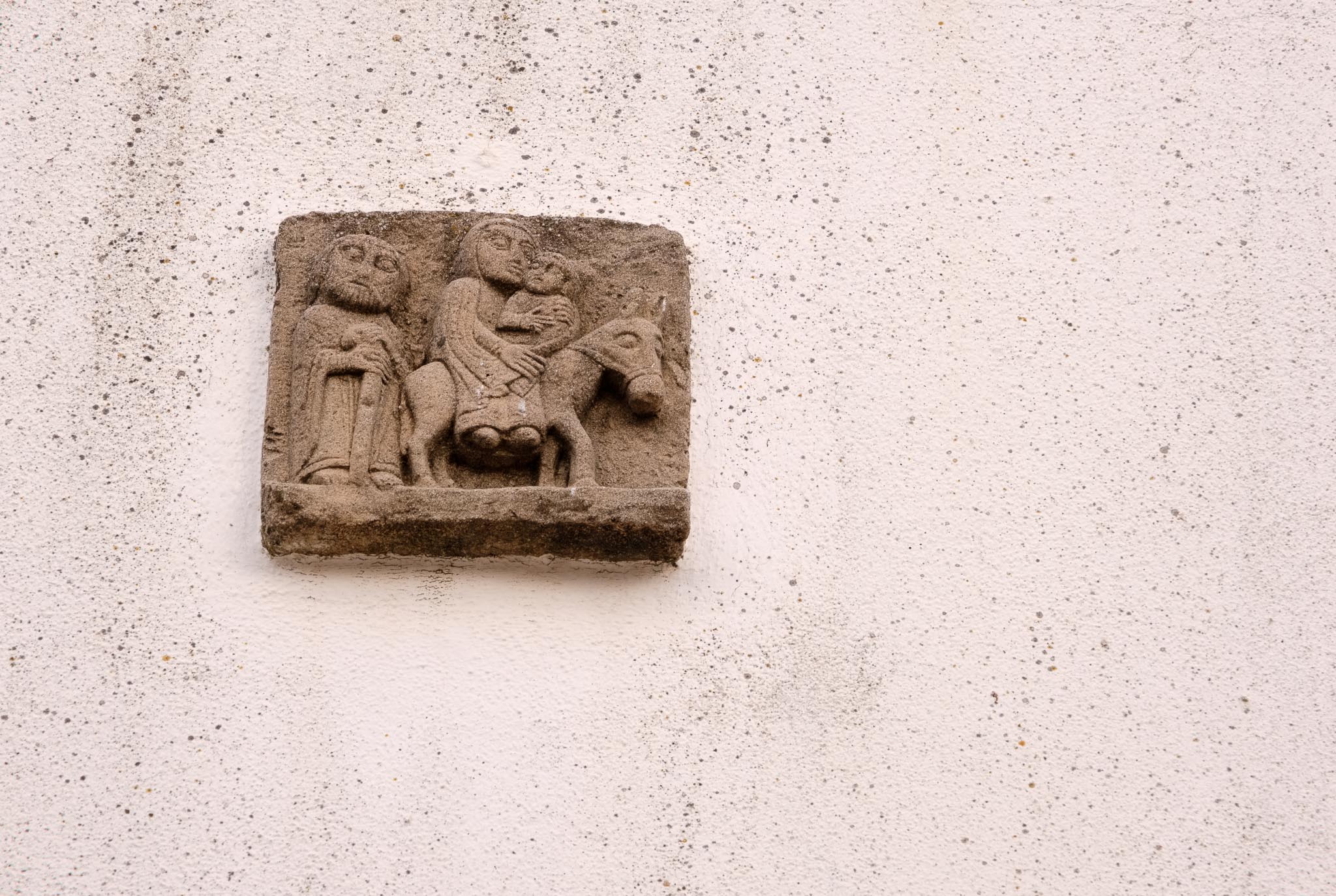
From across the valley, the clouds had been piling up in the heat of the afternoon, and soon thunderstorms could be heard. I made a couple of photos and later on decided to convert them to black and white for the added sense of drama.
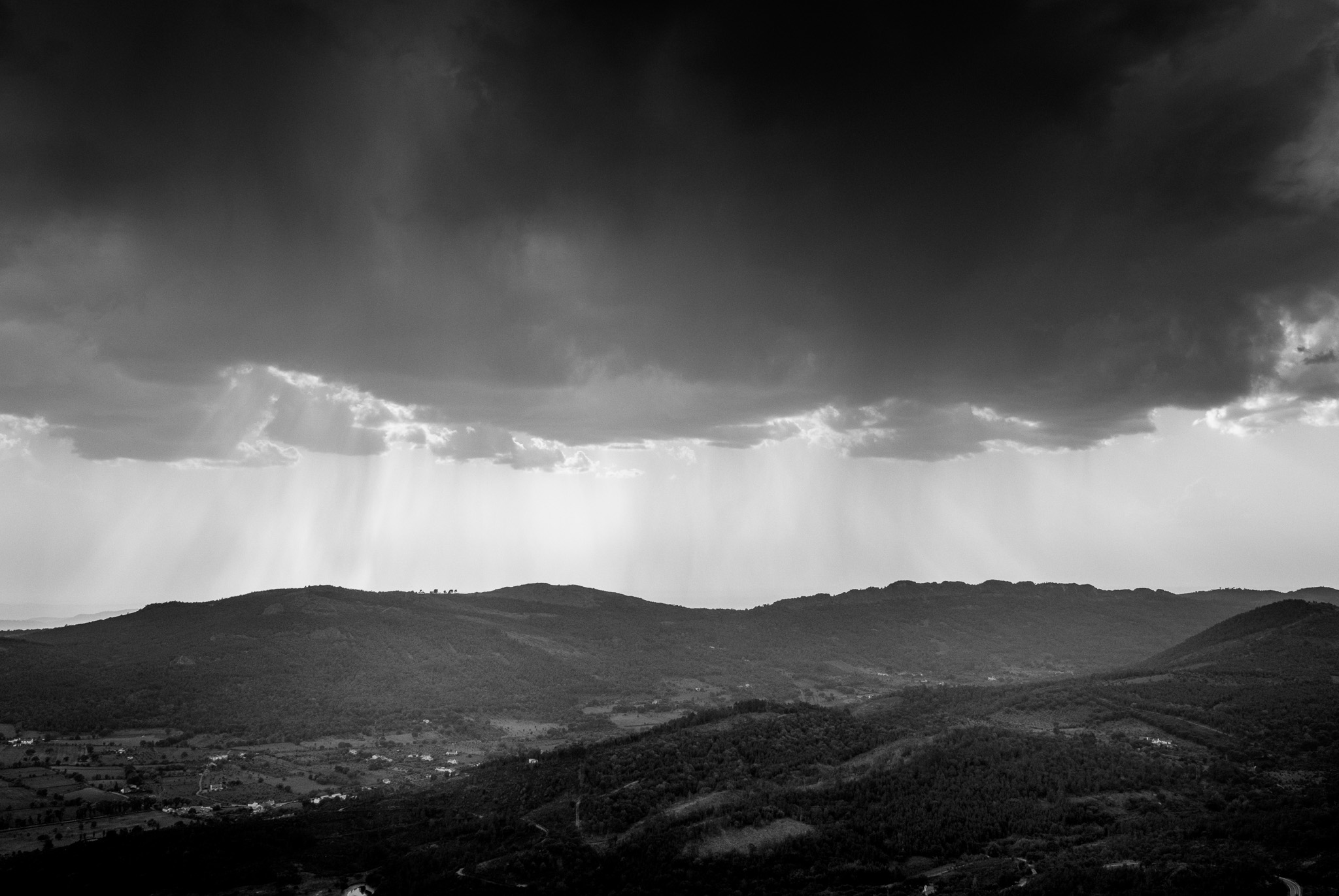
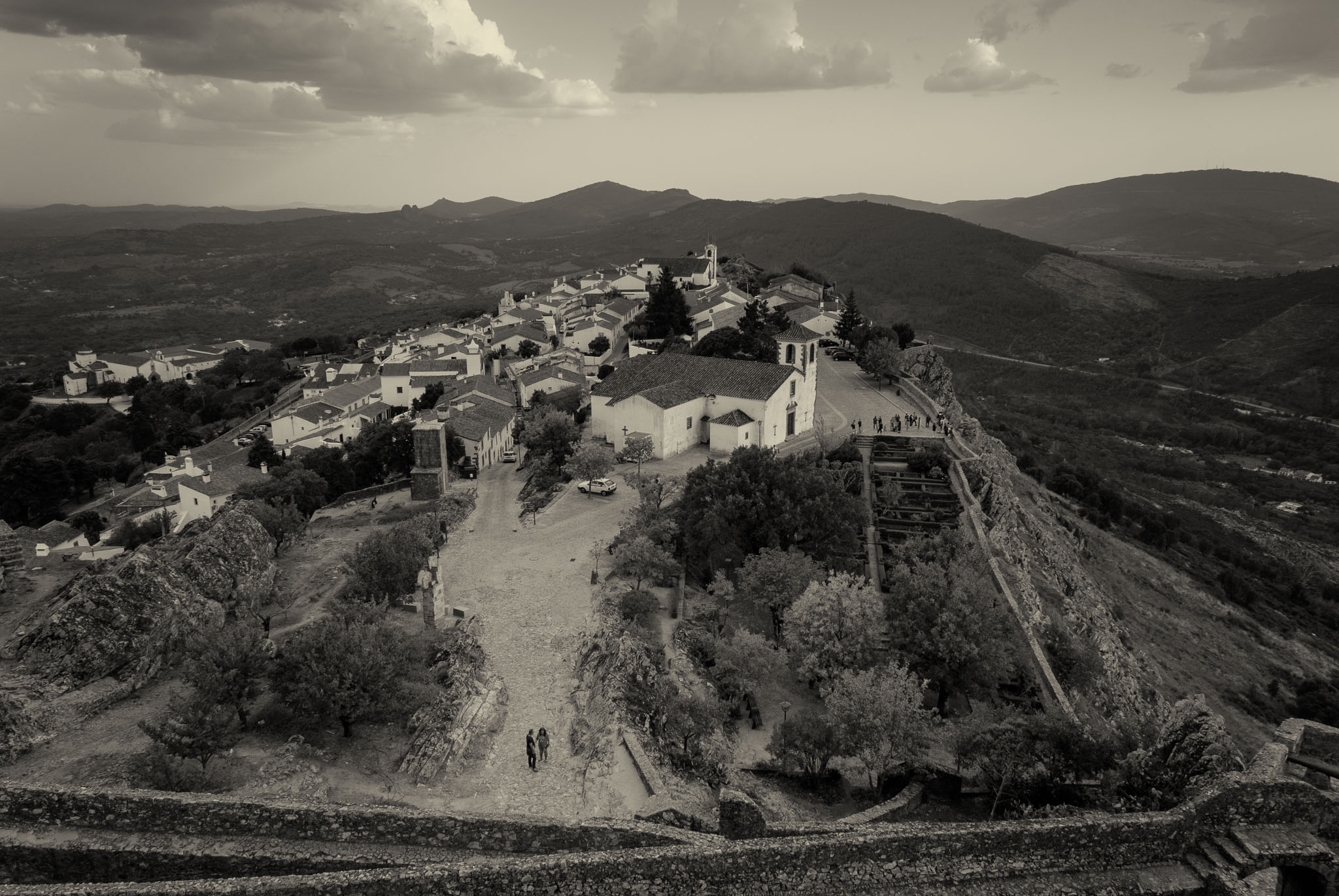
The sky was clouded, but I had hope that as the sunset approached, some light would break through the cloud cover. I was lucky and a few minutes later there was a brief moment of sunshine, and the warm light of the late afternoon illuminated the village.
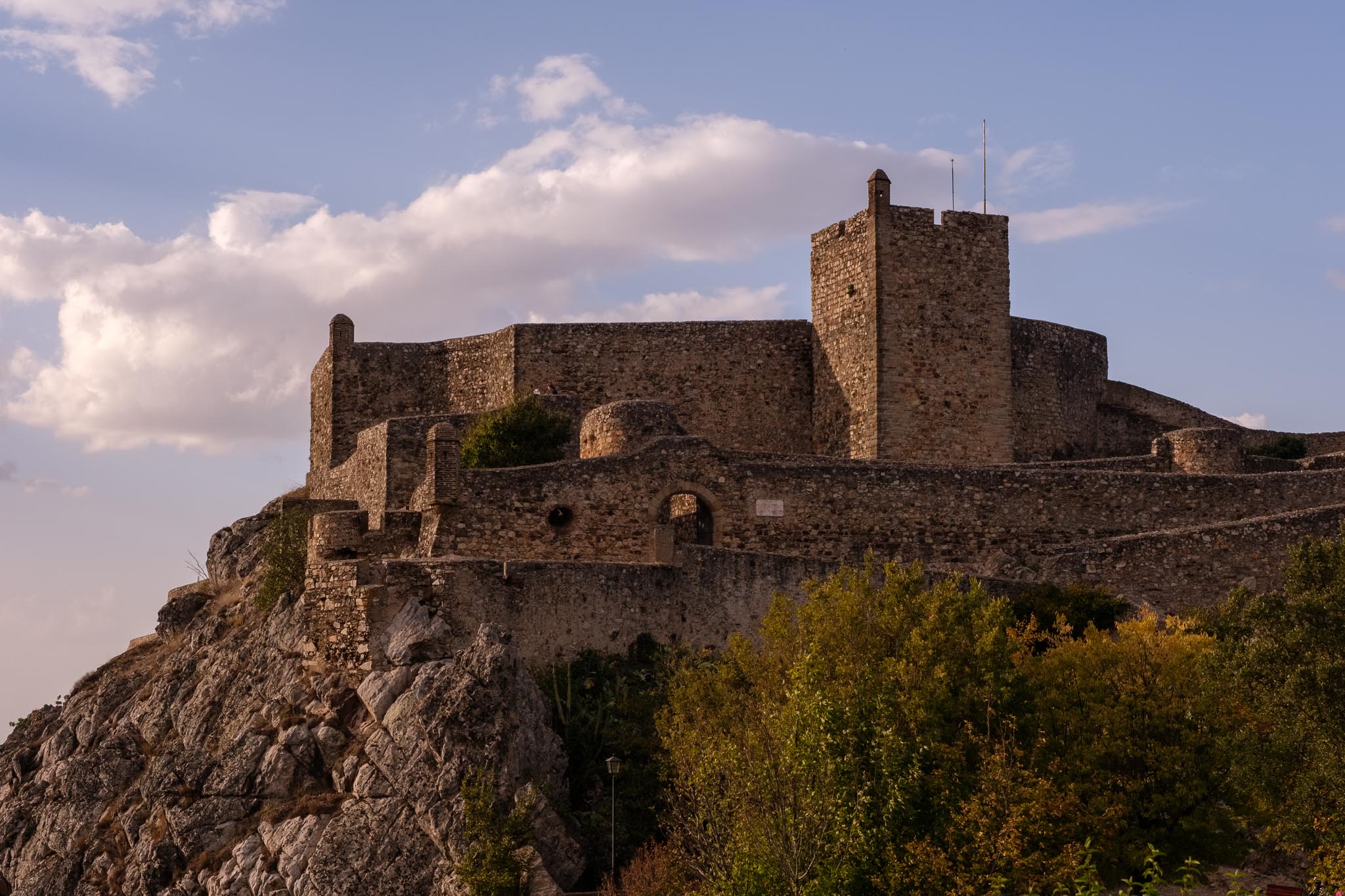
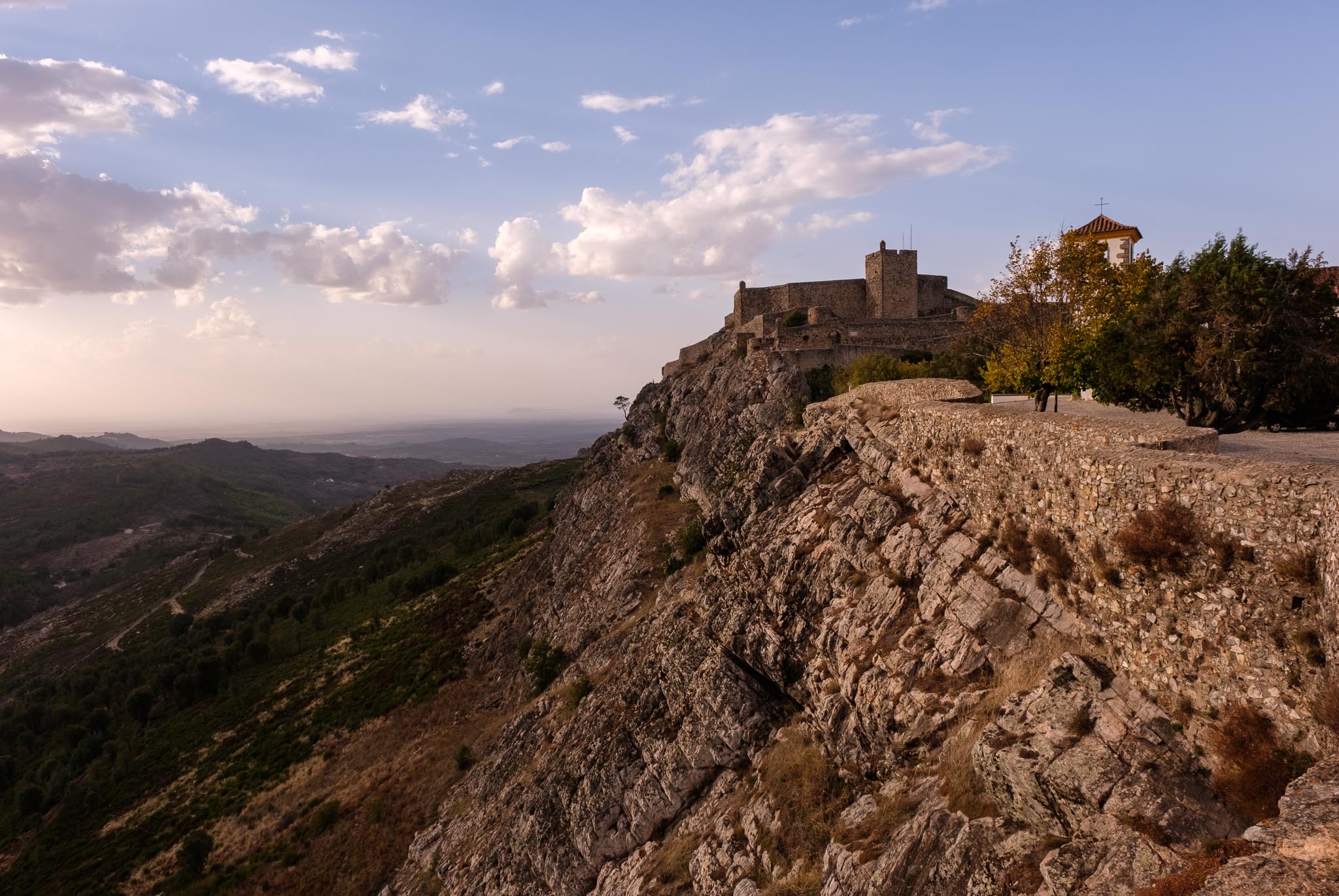
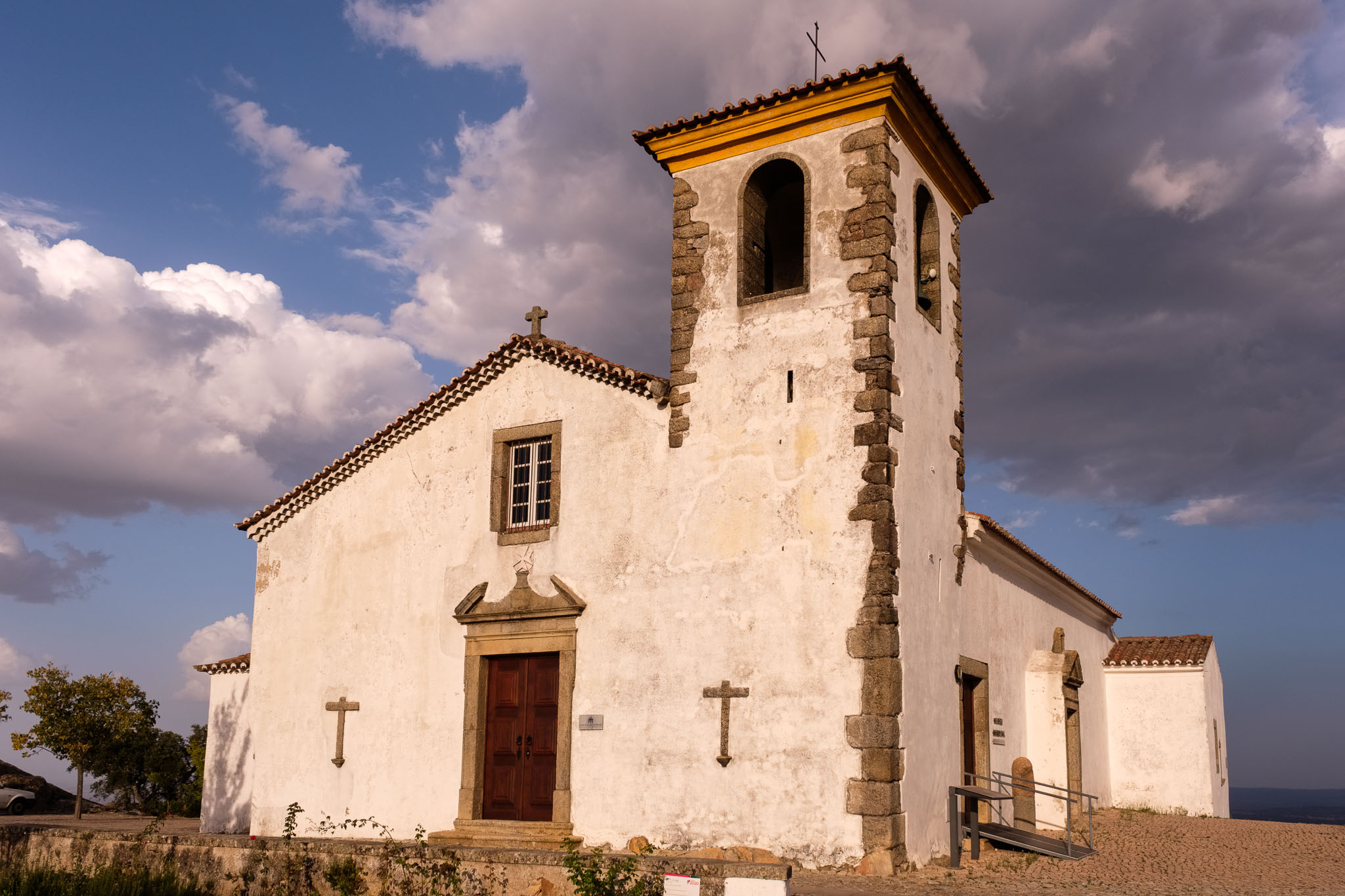
I always enjoy a visit to Marvão, and this time was no exception. Leaving it behind and driving down the mountain, I made a final stop to photograph it from below. From here, Marvão looks like a perfect extension of the massive rock formation over which it was built.
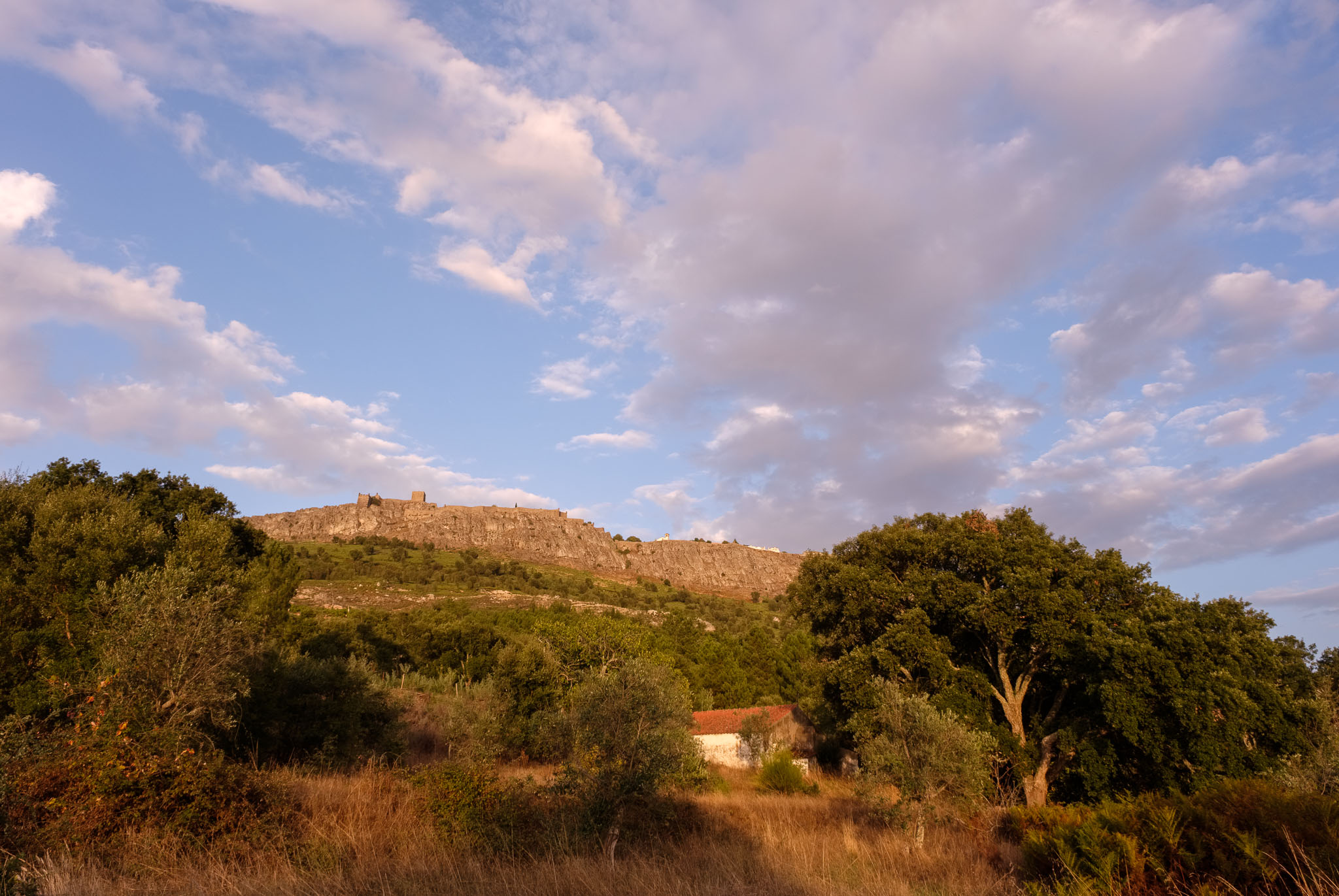
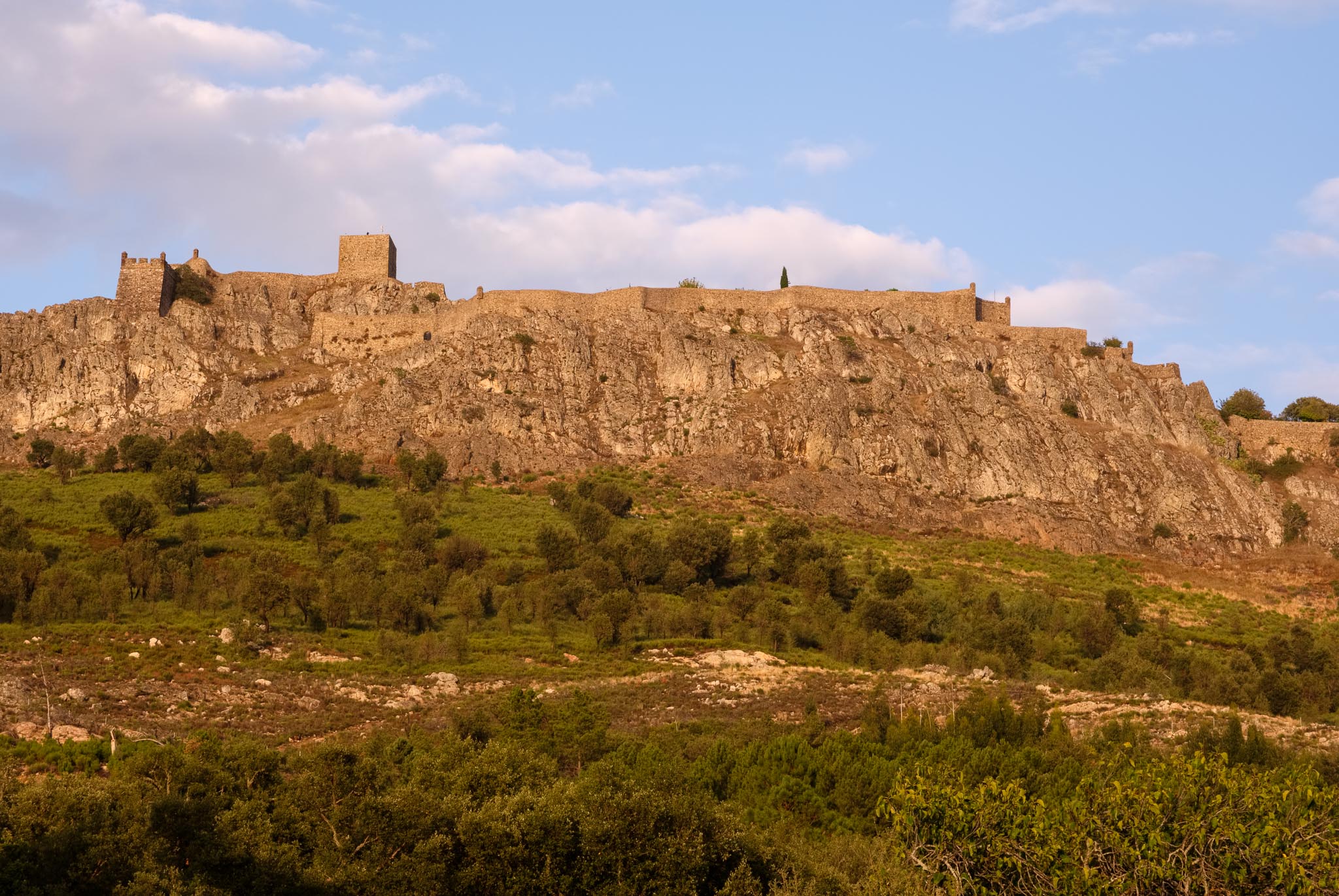
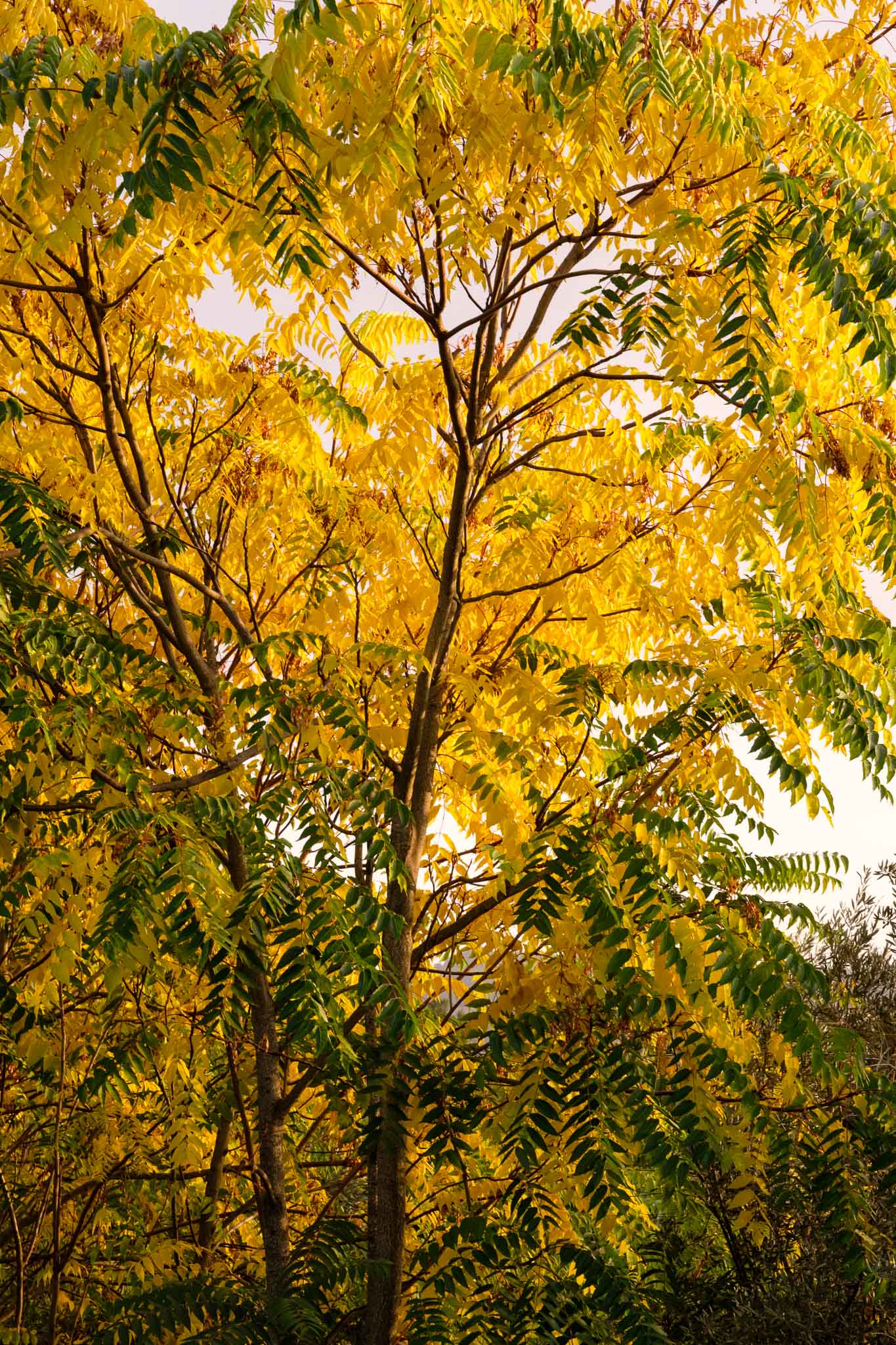
The following day was dedicated to Castelo de Vide, another medieval town and highlight of the park. Lying at the top of a hill at around 500m altitude, it is almost like a sister to Marvão, as it shares a lot of common history. This history can be seen and felt walking along its narrow streets, which rise up to the large keep. The medieval quarter inside the ramparts is very well preserved, with its numerous medieval doors. Under the protection of the castle, the old Jewish quarter is also preserved, and the synagogue is today a museum. This region played an important role during the 16th century, when the Jews were expelled from the Iberian peninsula, and this heritage is still alive today.
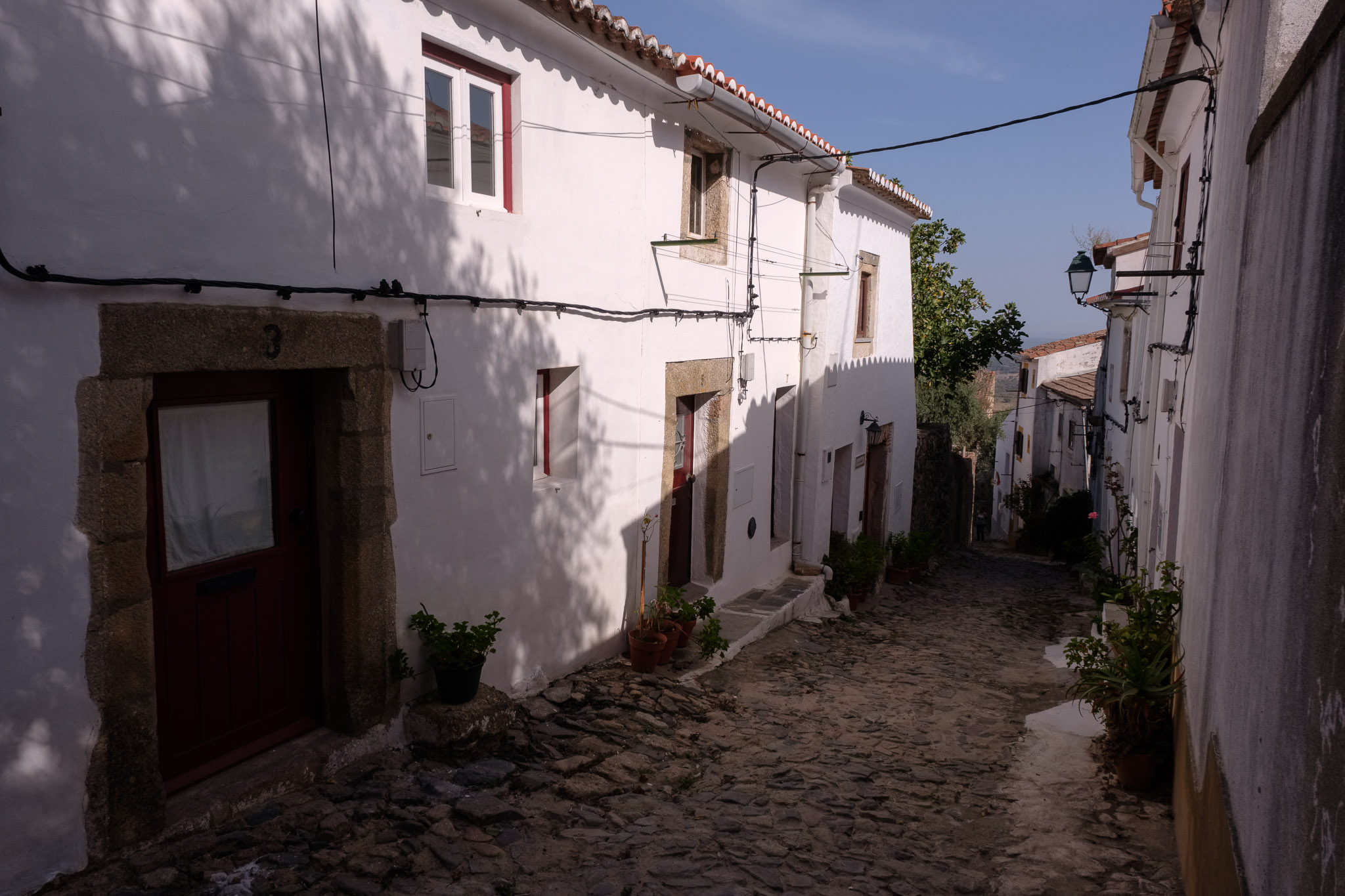
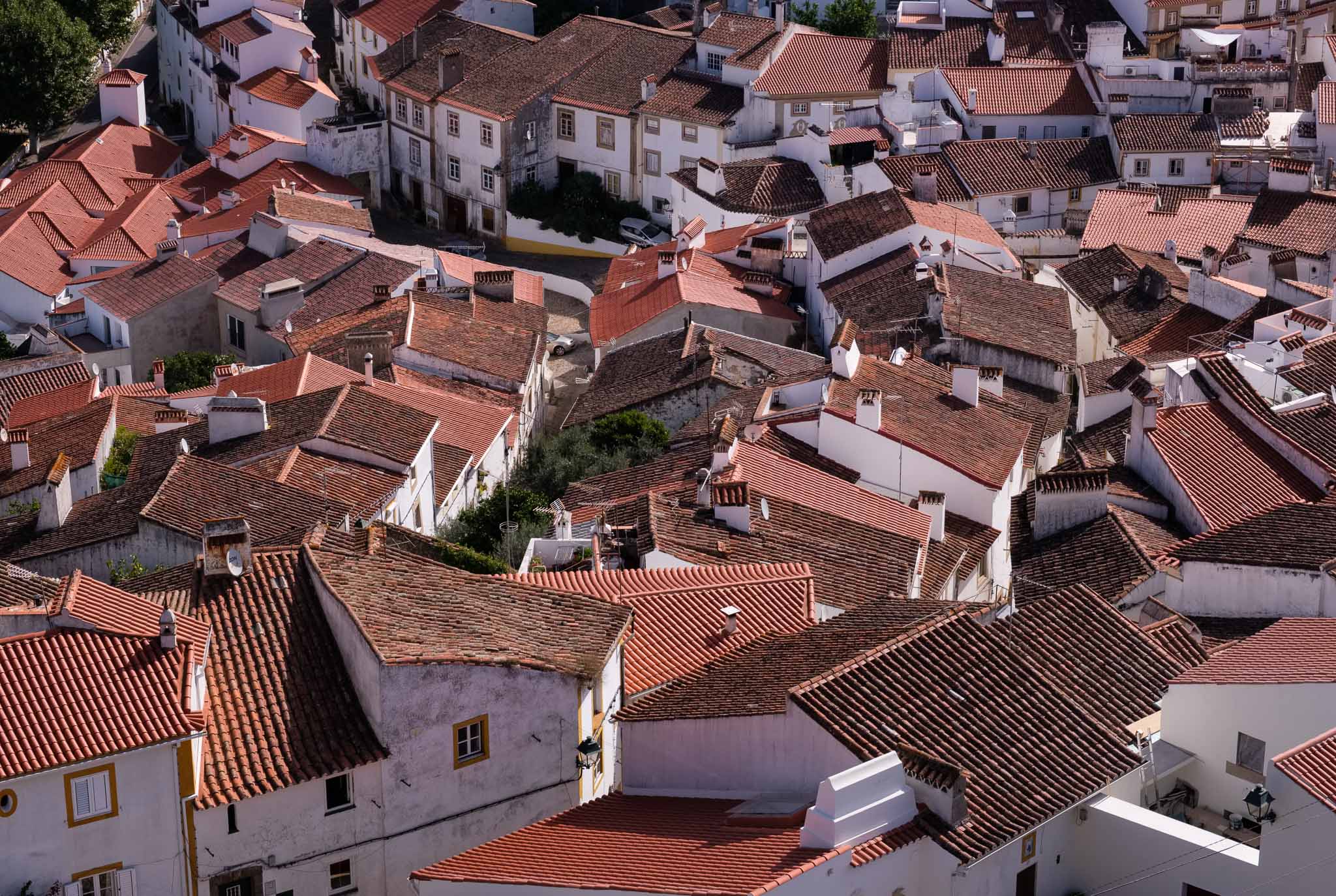
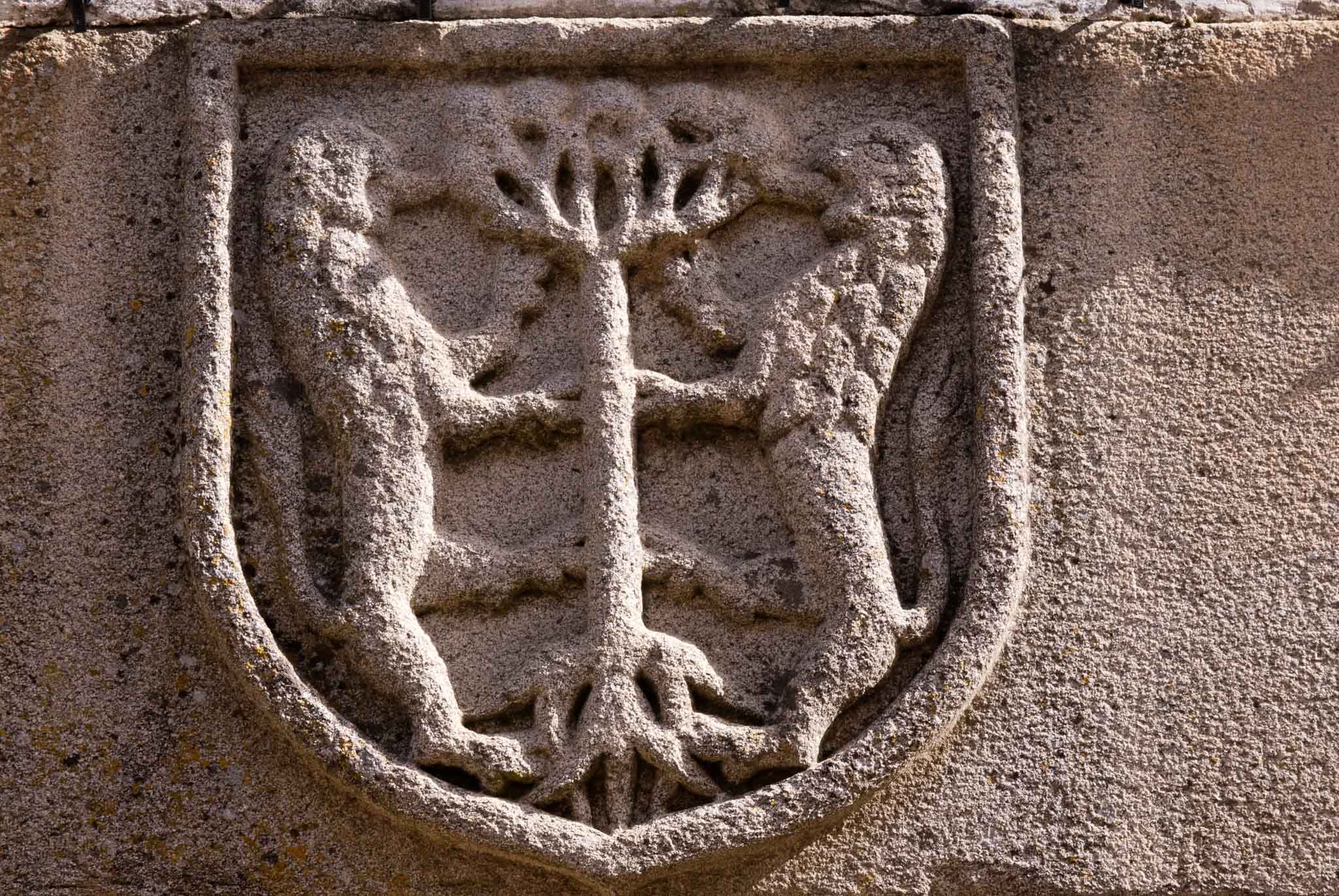
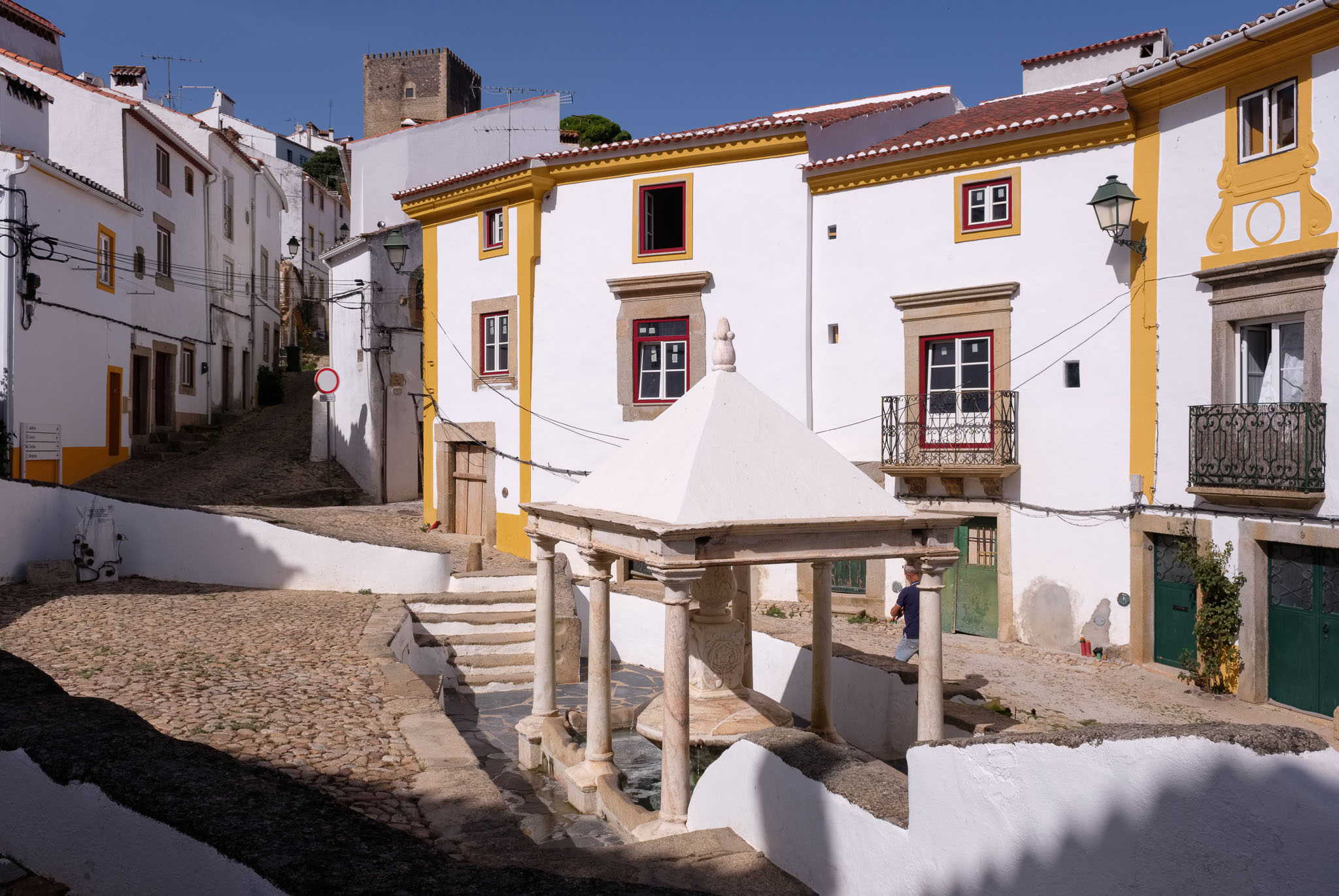
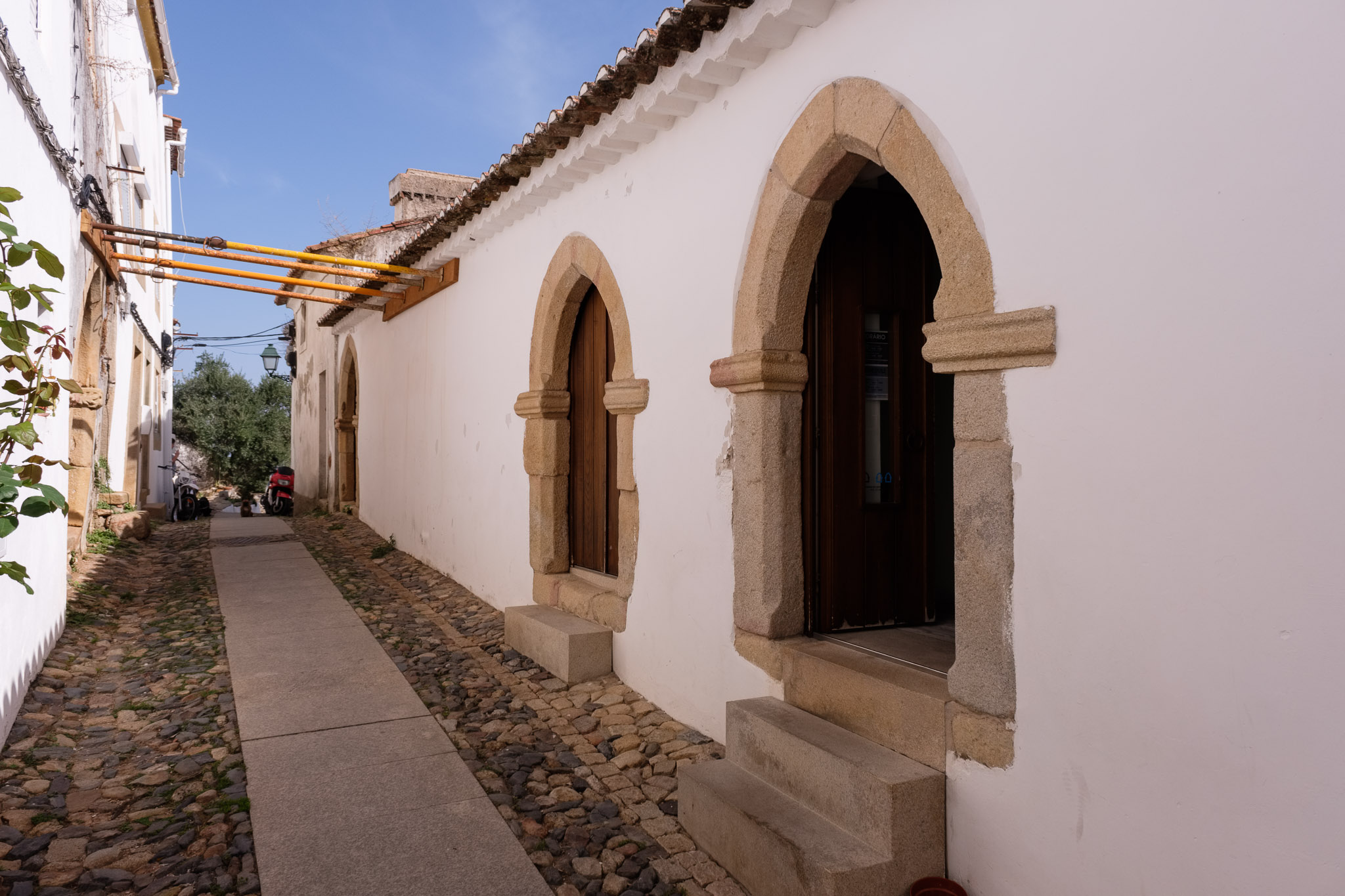
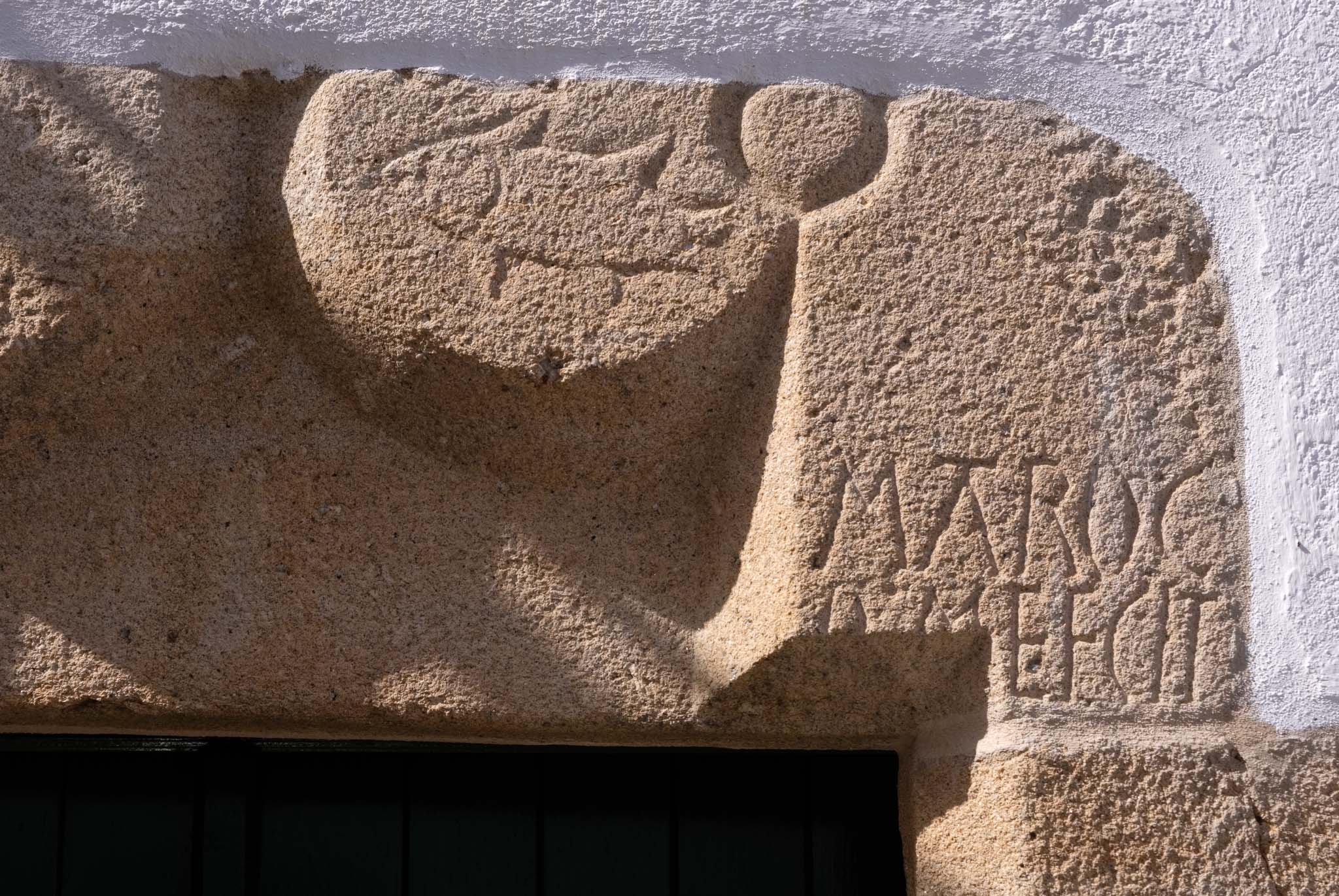
Attesting to the prehistoric occupation of the region, there are two megalithic monuments in the vicinity that are quite interesting. The first is the dolmen of Melriça, which is located 6km away from Castelo de Vide. This funerary monument was first discovered in the late 1800’s, and today it lies in a farm.
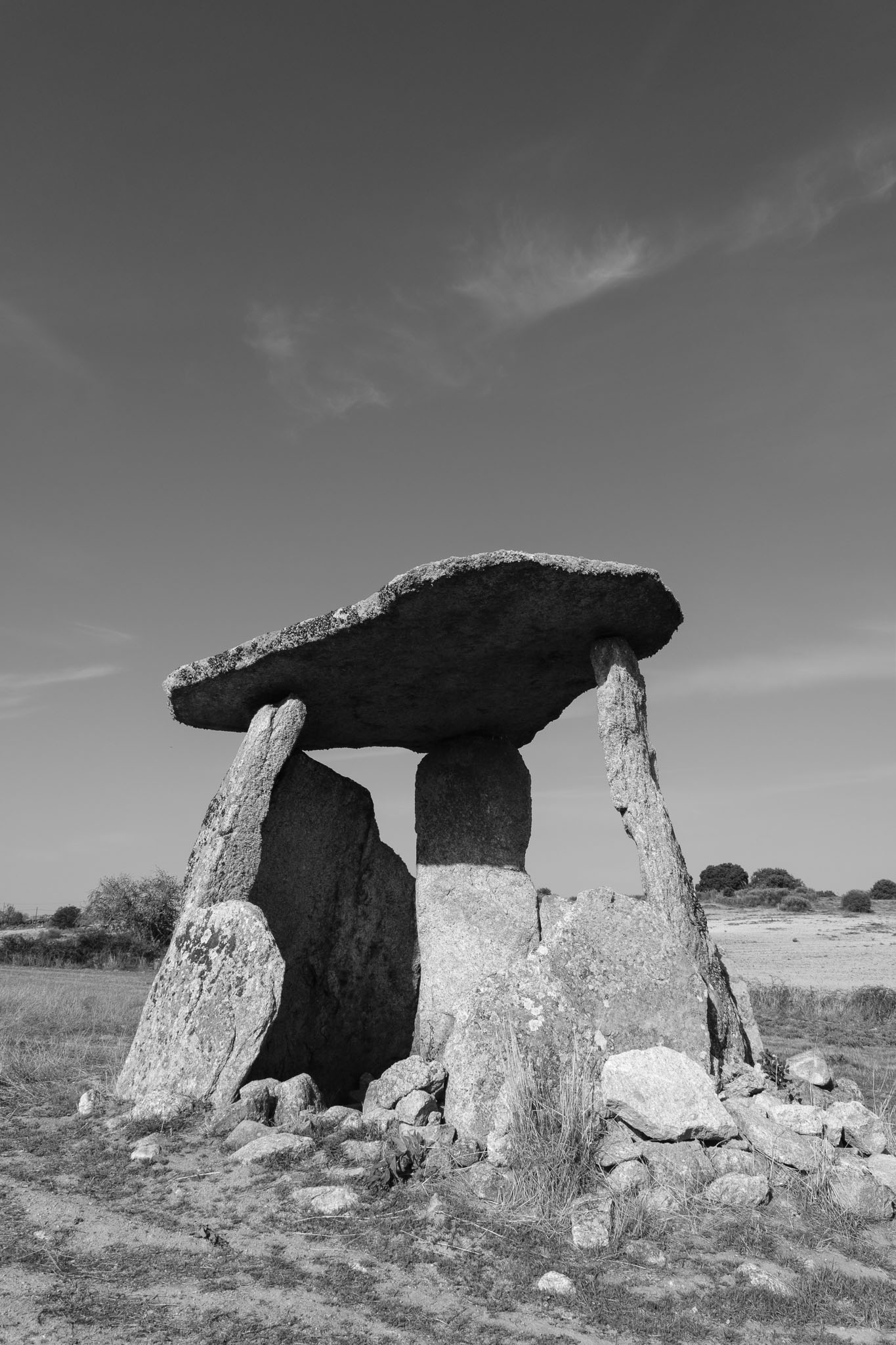
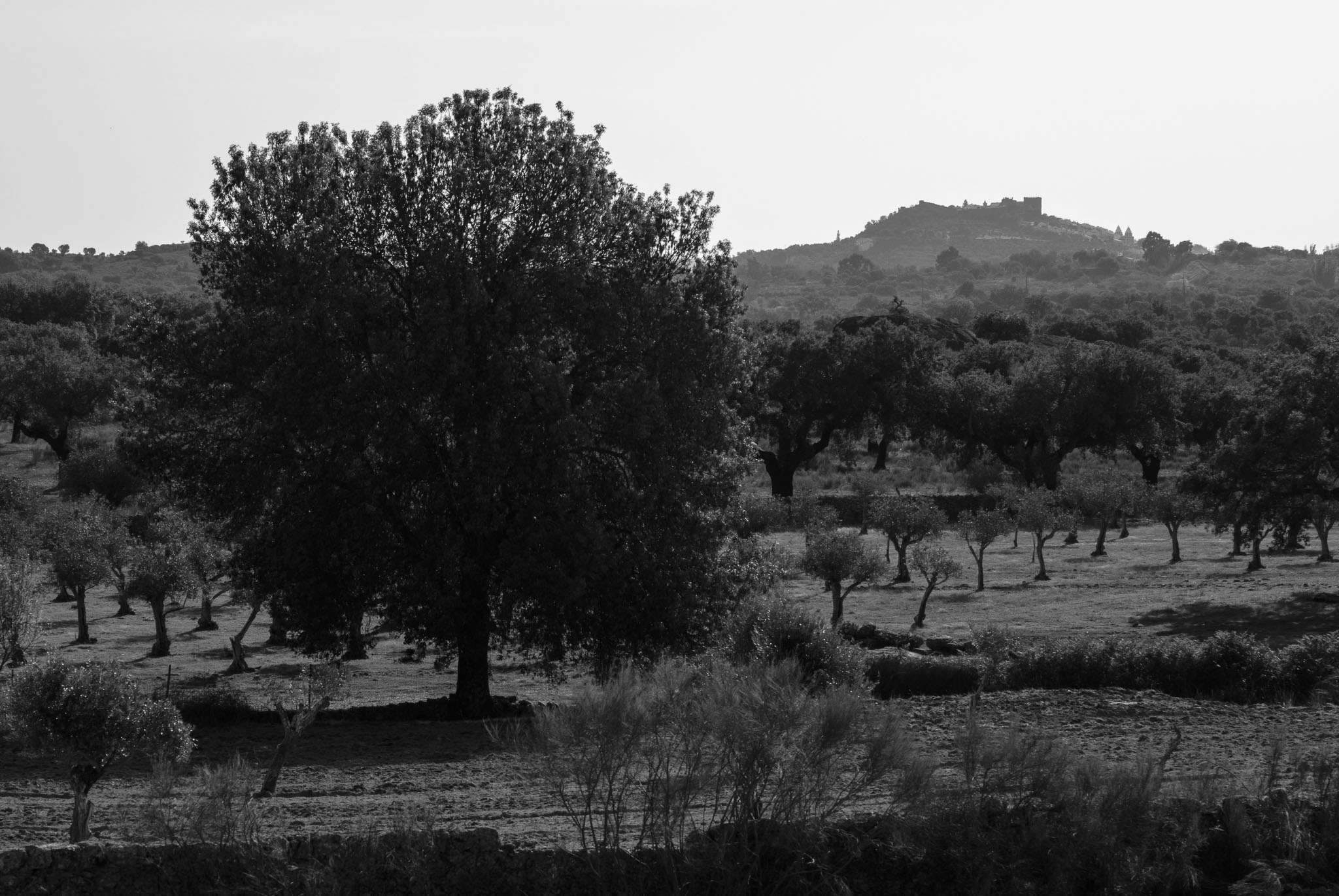
The other prehistoric site is the menhir of Meada, and is not very far away. It was discovered in 1965, and it it is the tallest in the Iberian peninsula, with 7.52m. It has been dated to the 6th millennium B.C., which makes it the oldest in the world.
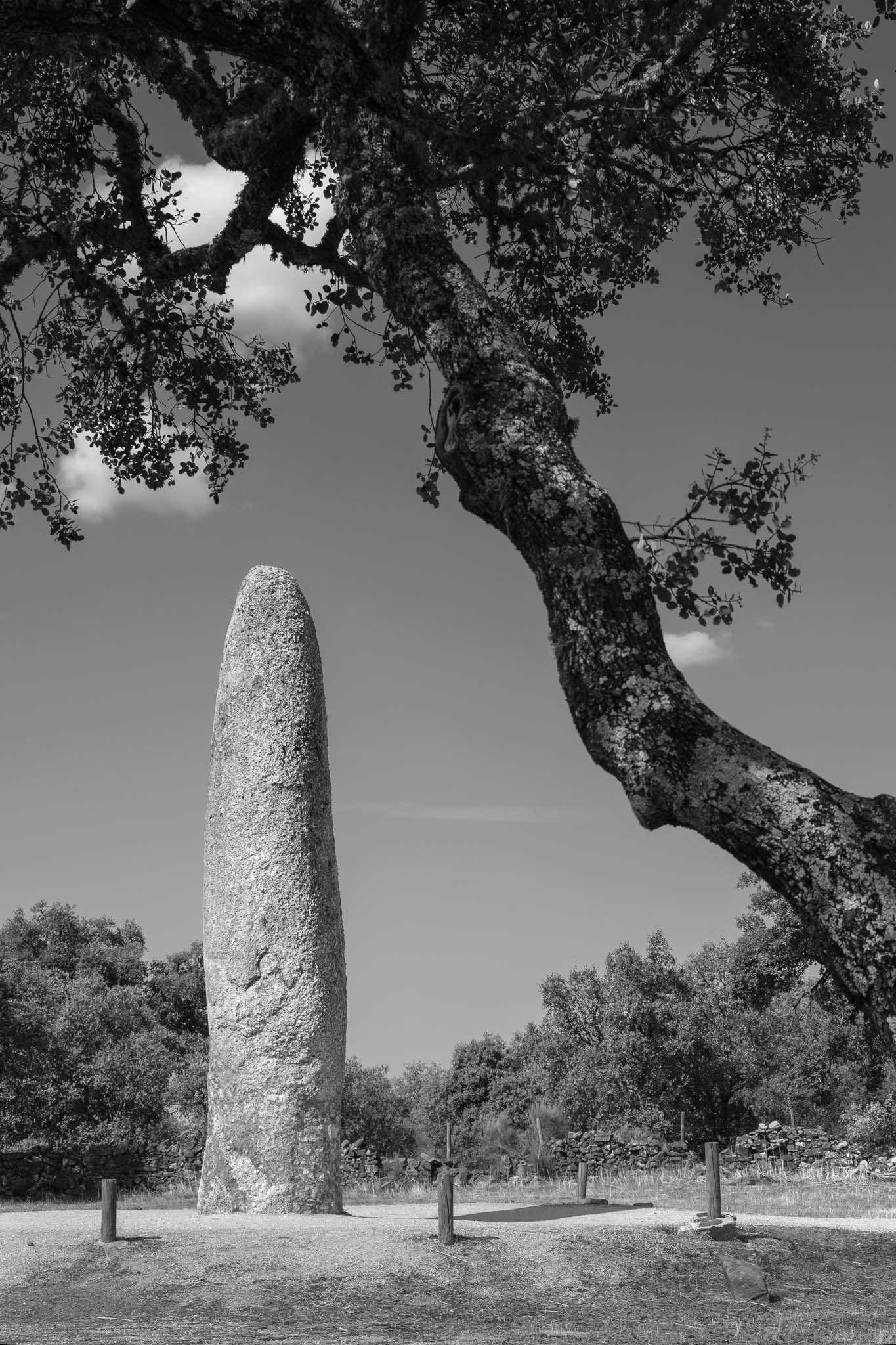
After this rich immersion in prehistoric times, why not enjoy a swim in some of the park’s waterfalls? A nice one is the São Julião waterfall, hidden in a narrow valley after the small village of Porto de Espada, south of Marvão. Along the road, you can admire some of the largest chestnut trees of the region. You can park the car at the end of a dirt road, and take a short but steep walk down into the valley. The sound of the water is like a magnet in the hot afternoon. A swim in the refreshing water was a great way to end this day, and the wonderful trip in this natural park.
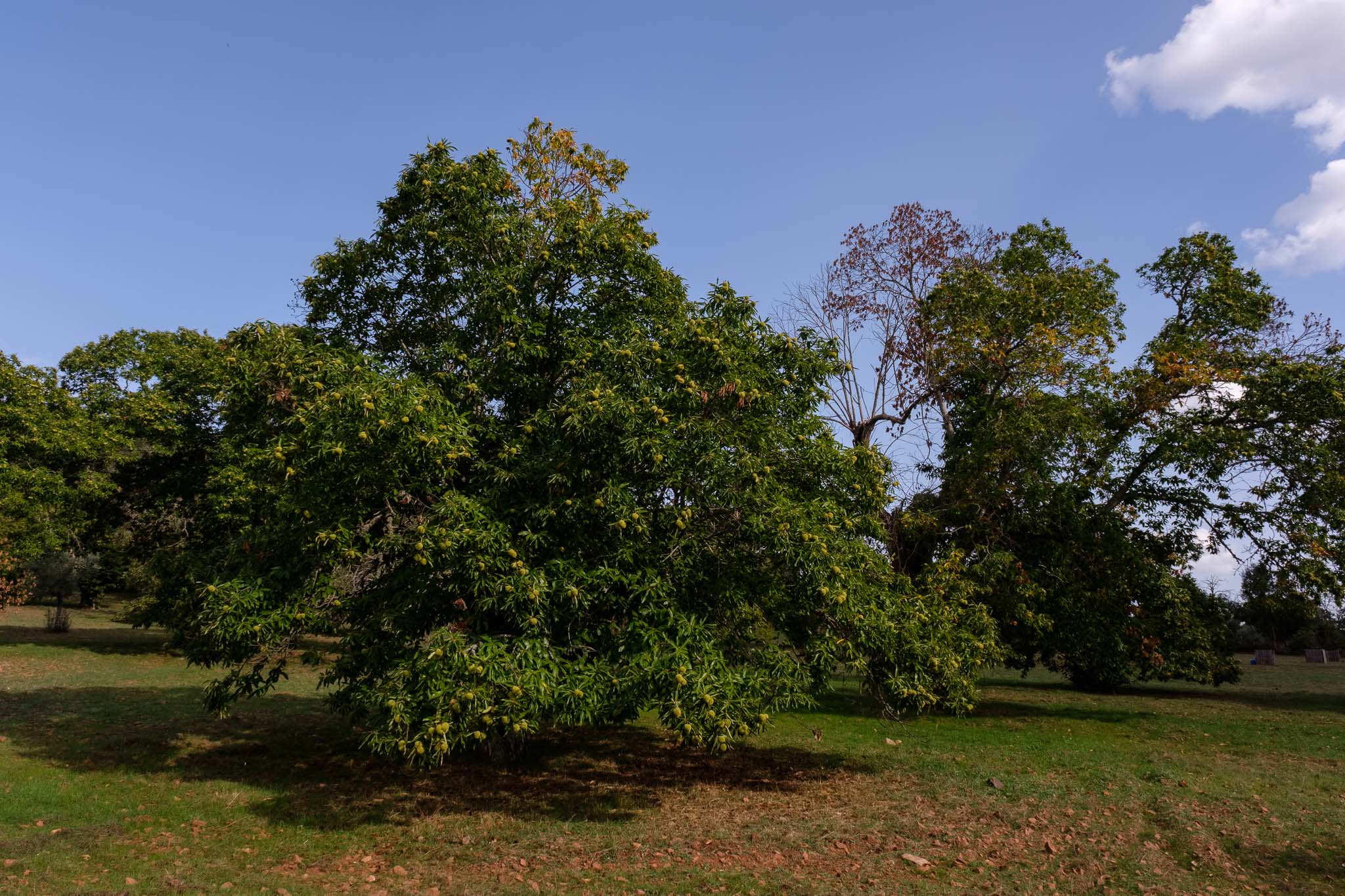
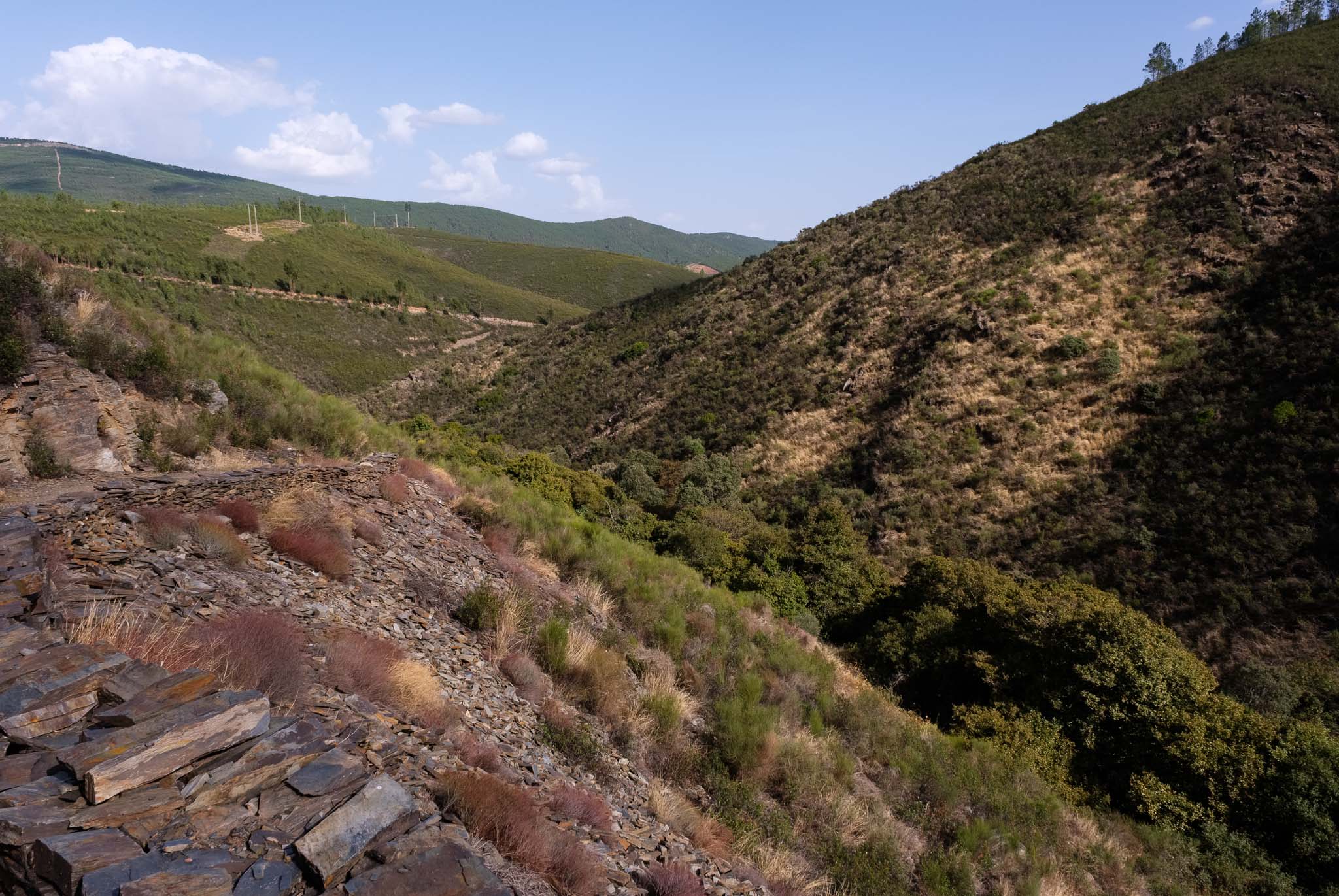
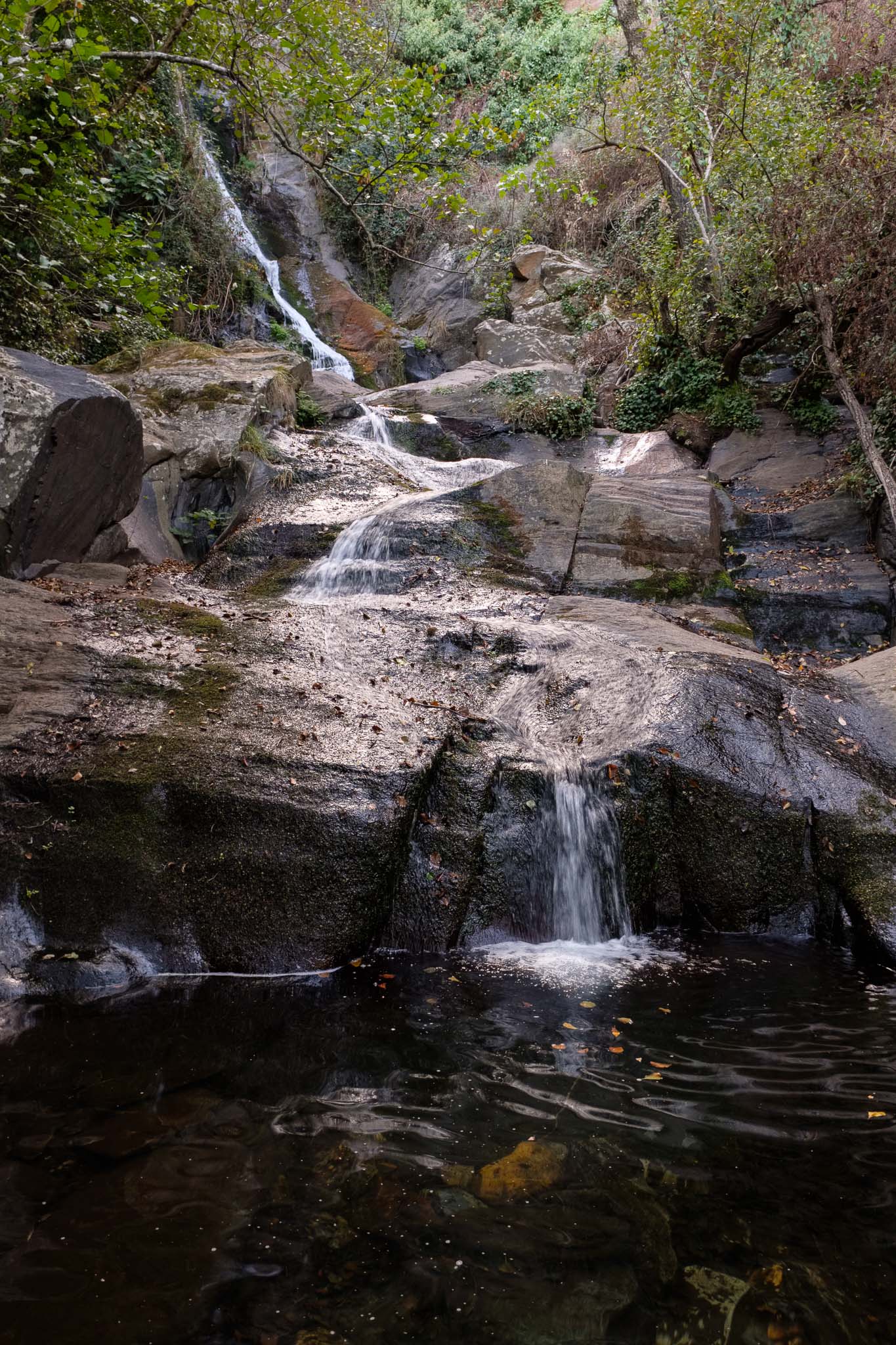
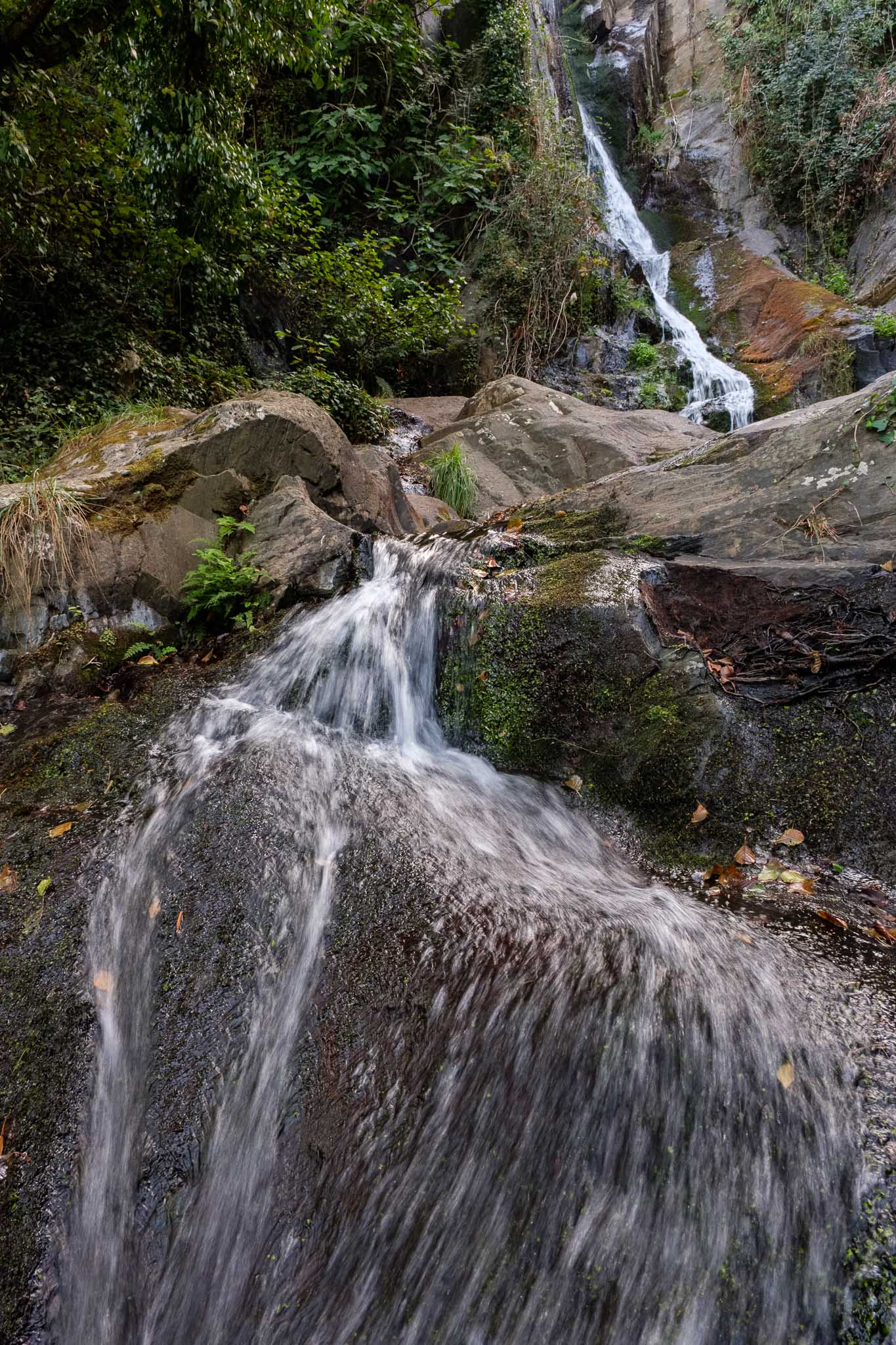
A final word about the photographic gear used during this trip will be quite brief. I only carried one camera and one lens with me, the Fujifilm X-T30 and the Fujinon 16-80mm f/4 lens. This makes an ideal travel combination, for low weight, reliability, image quality, and flexibility. I only had to use the tripod for dawn and dusk really low light photos.
